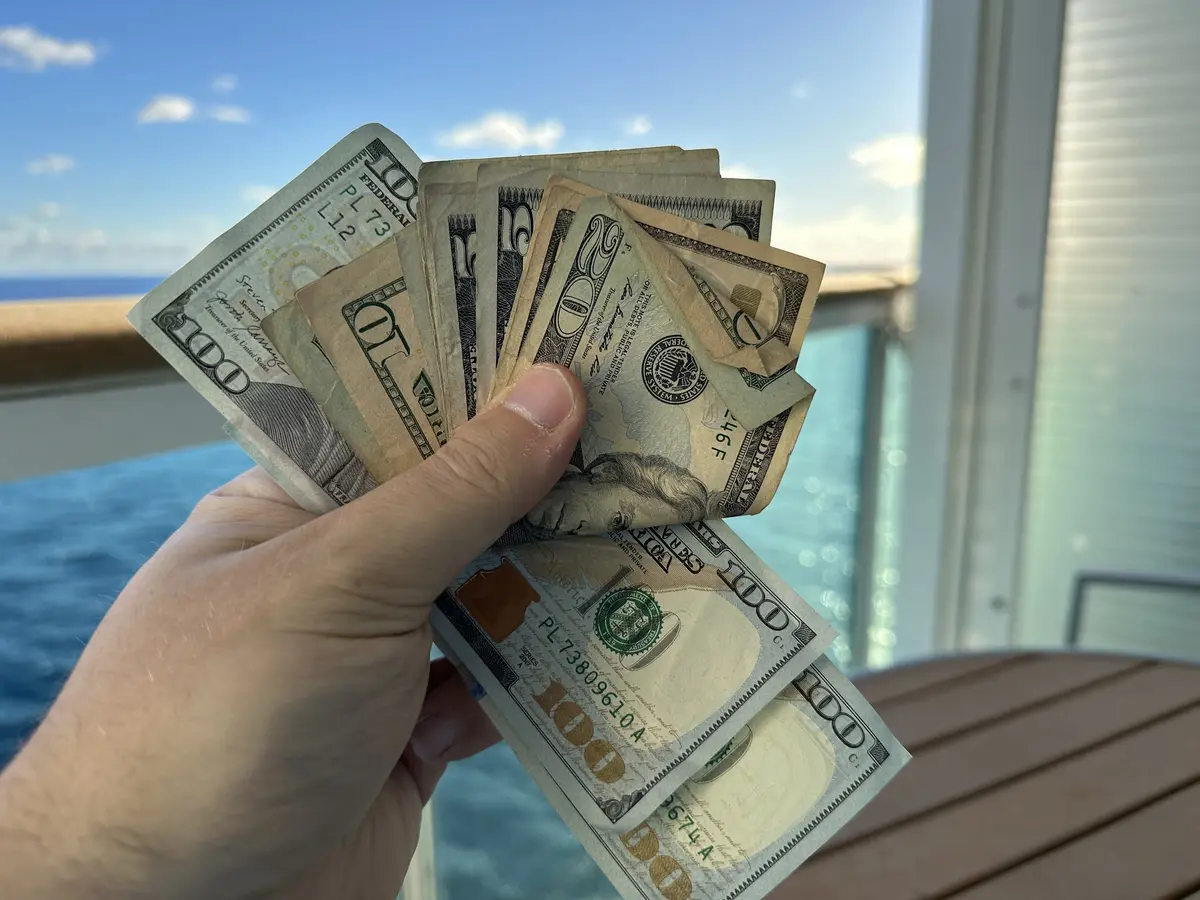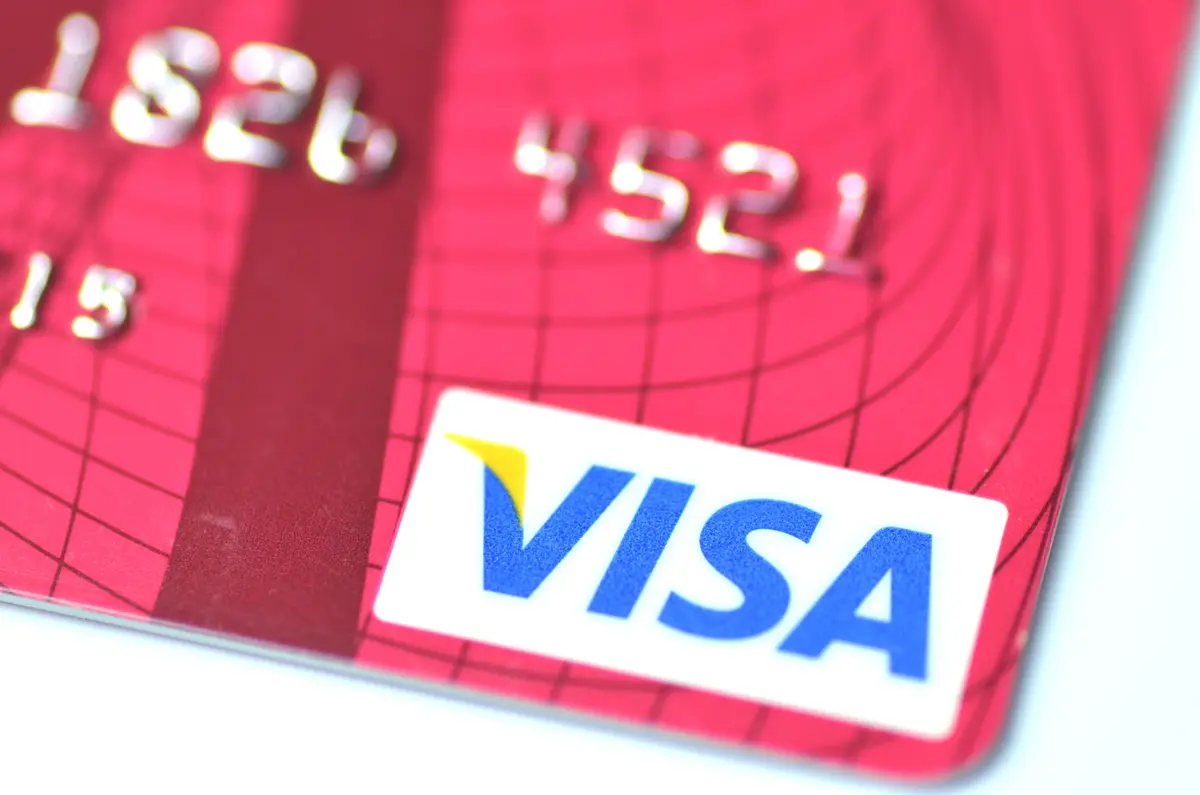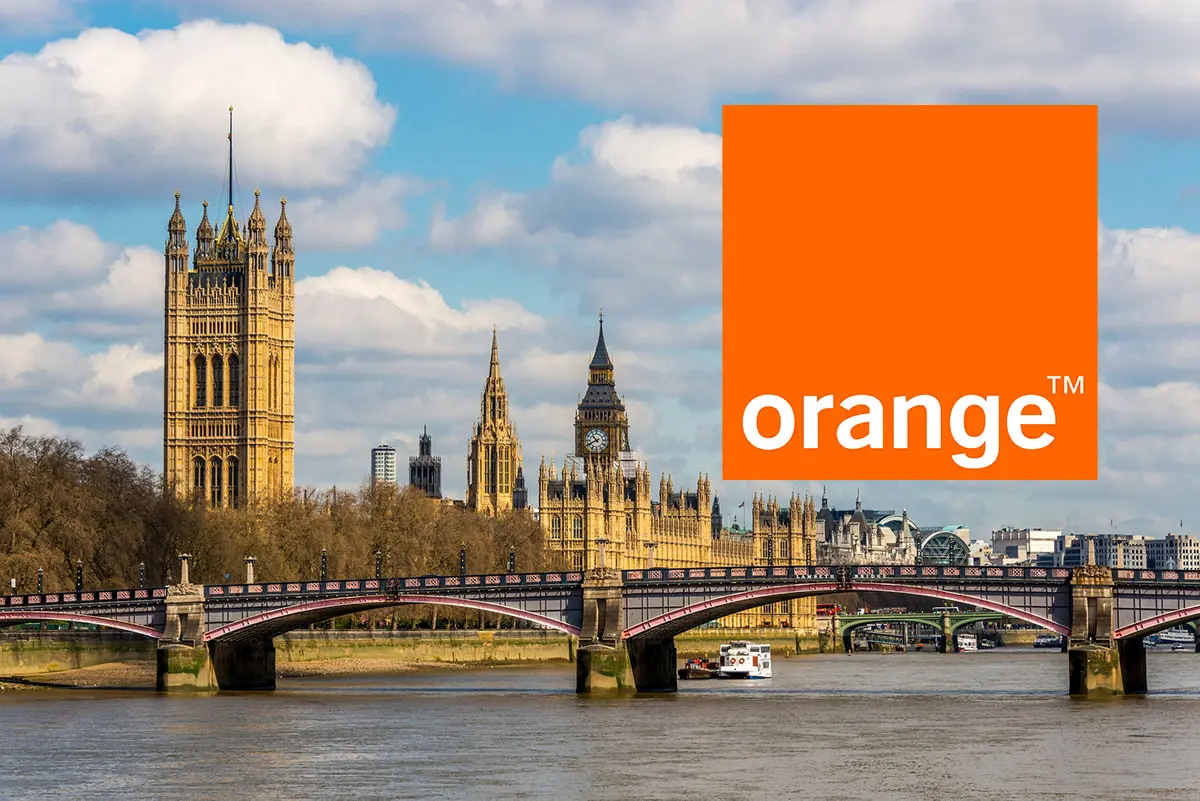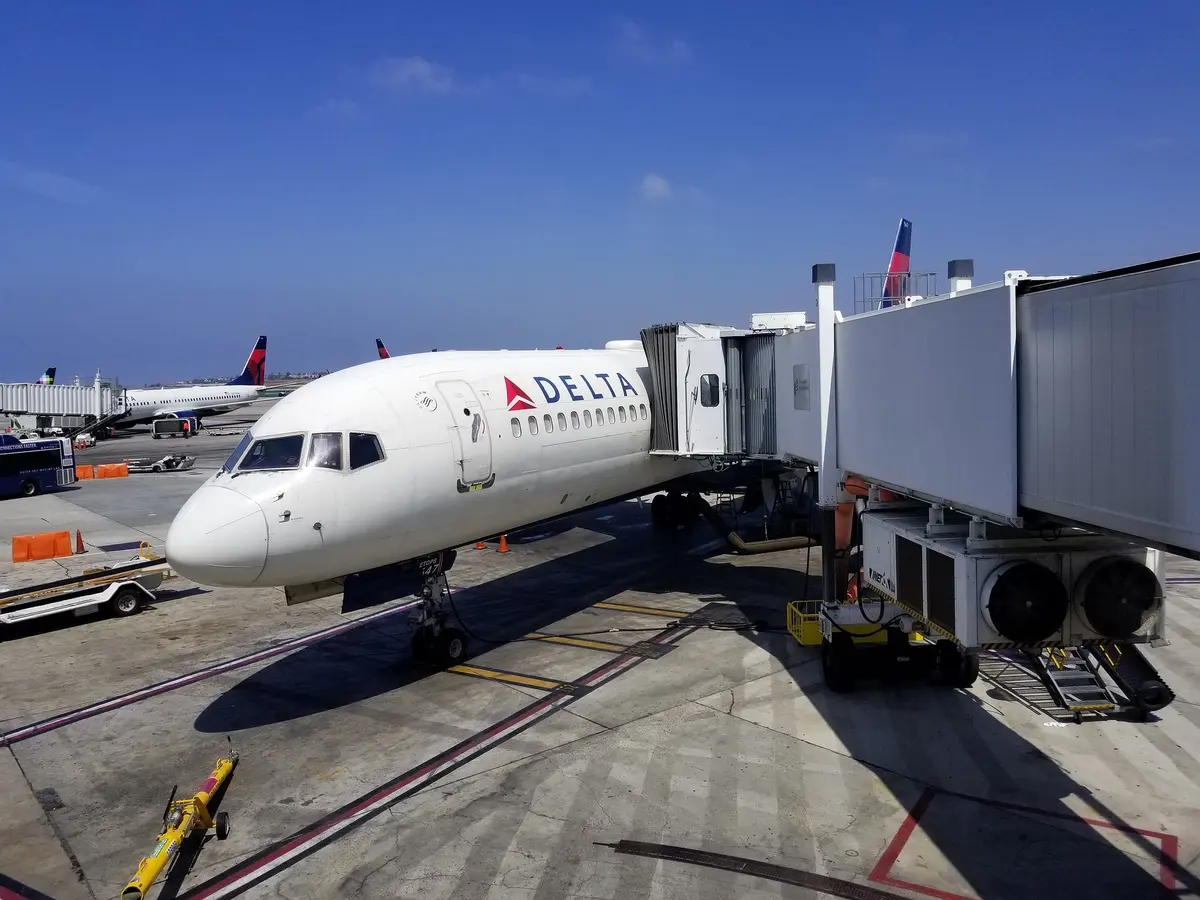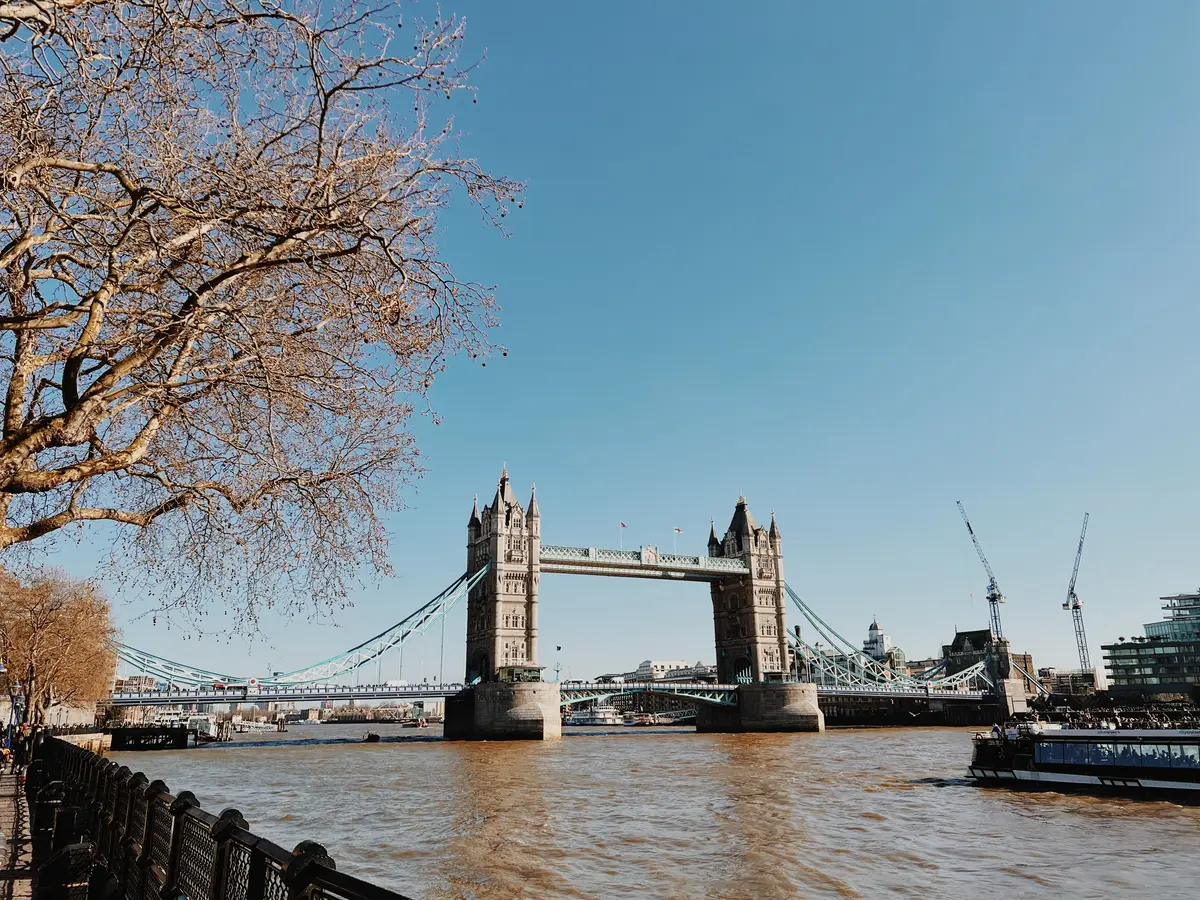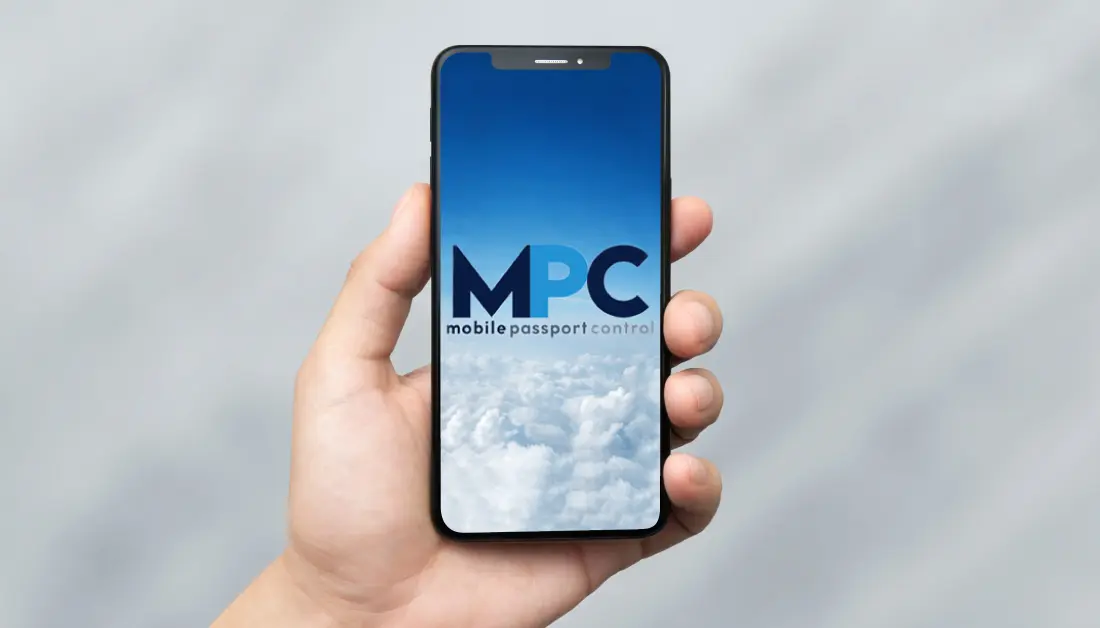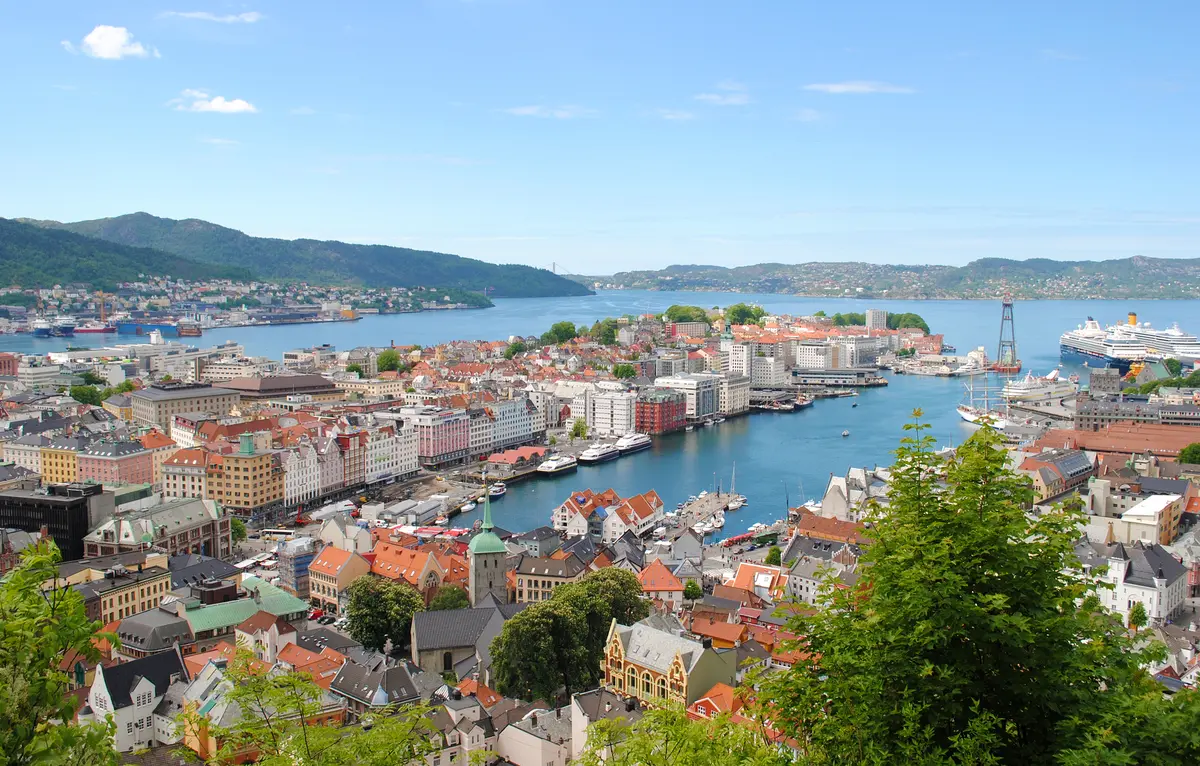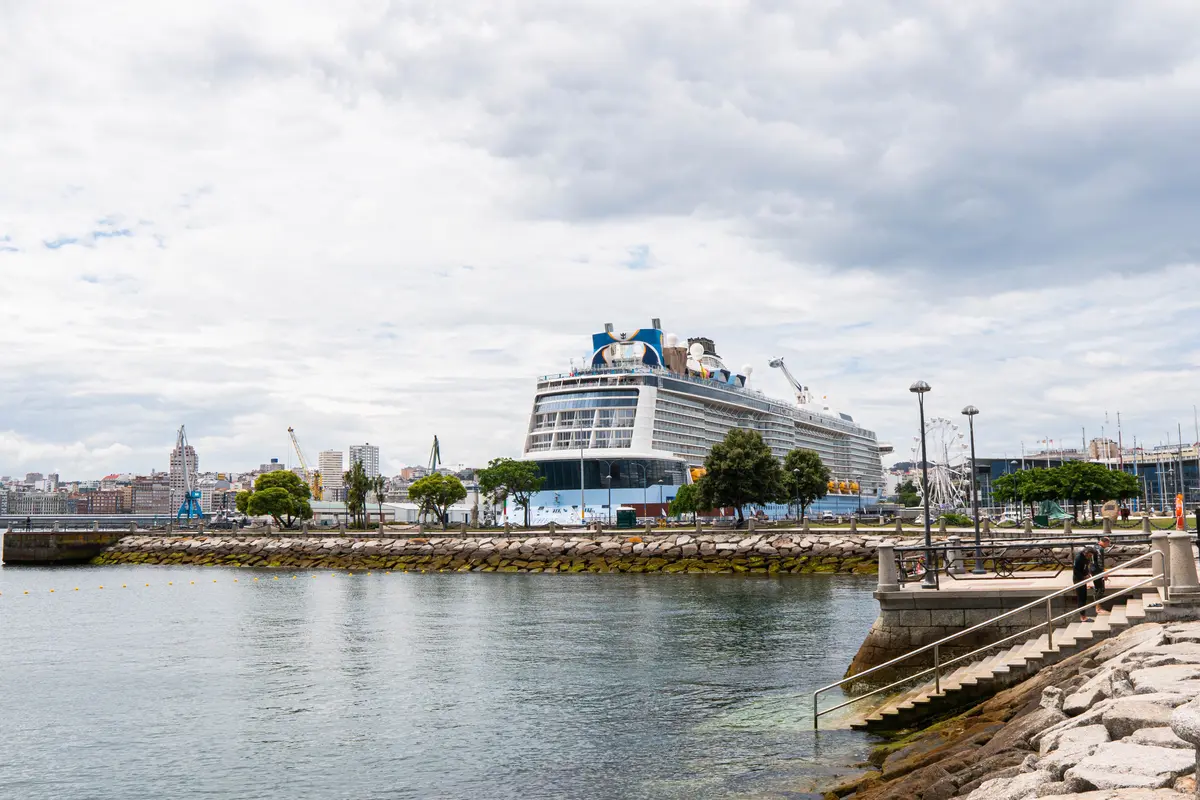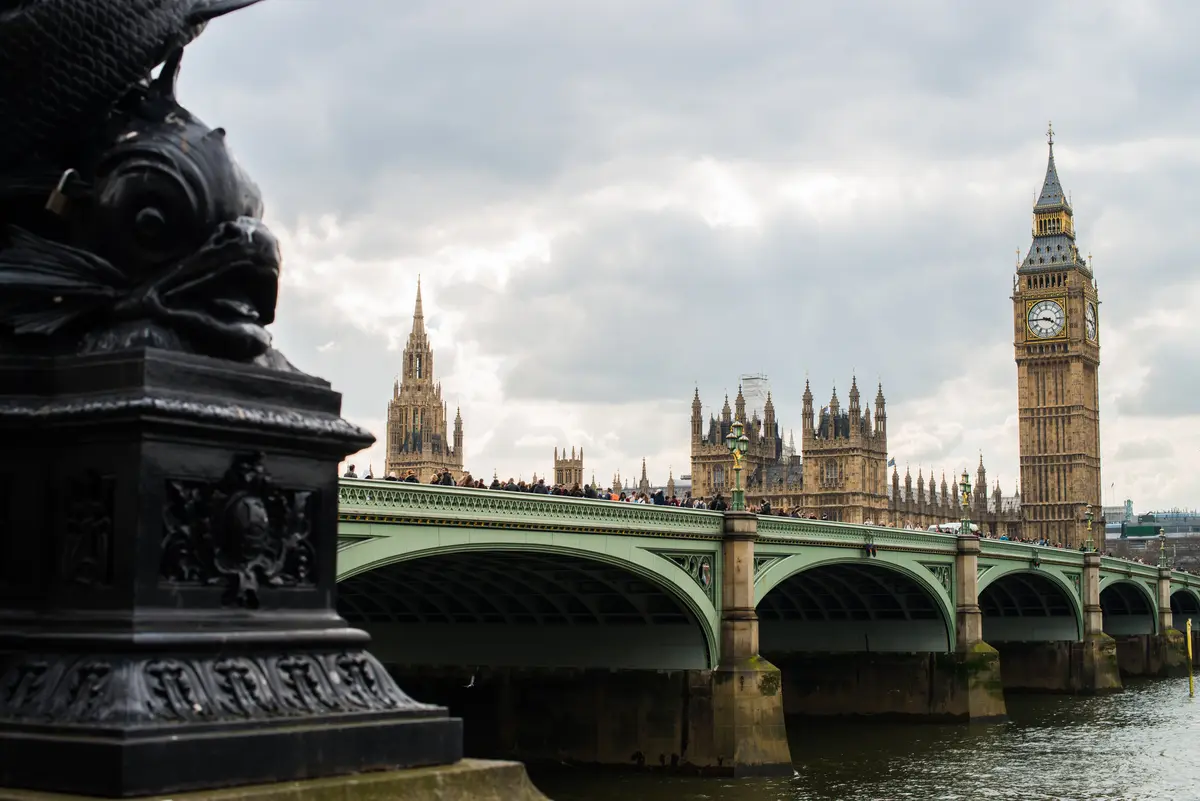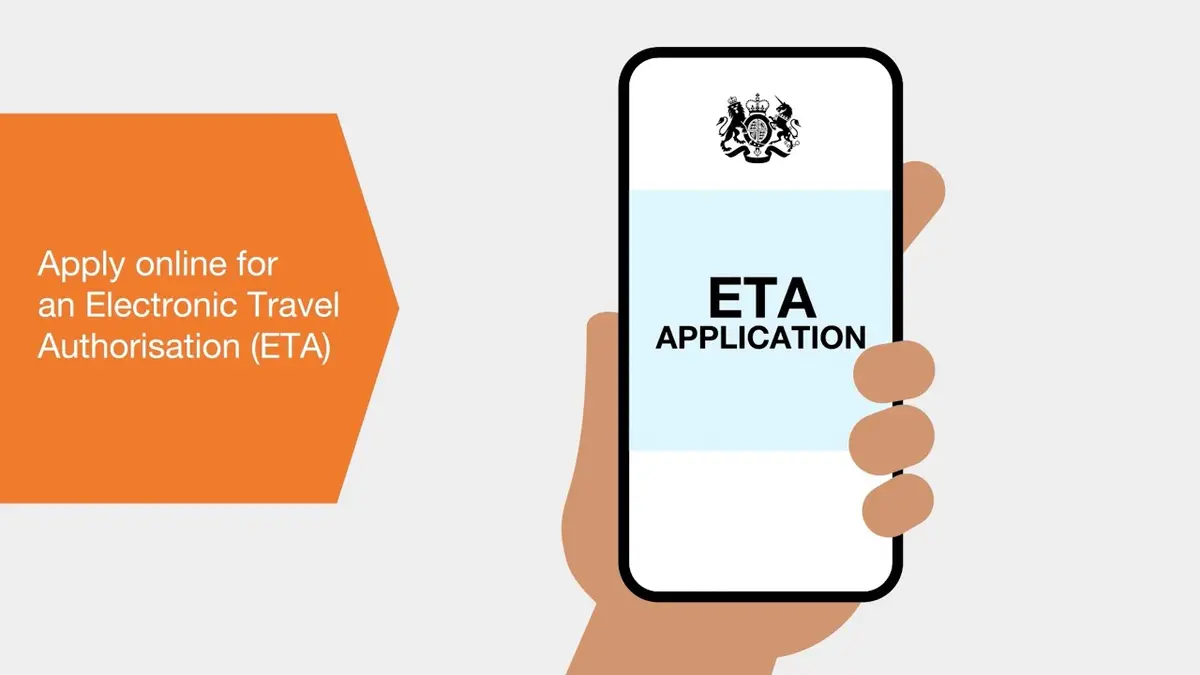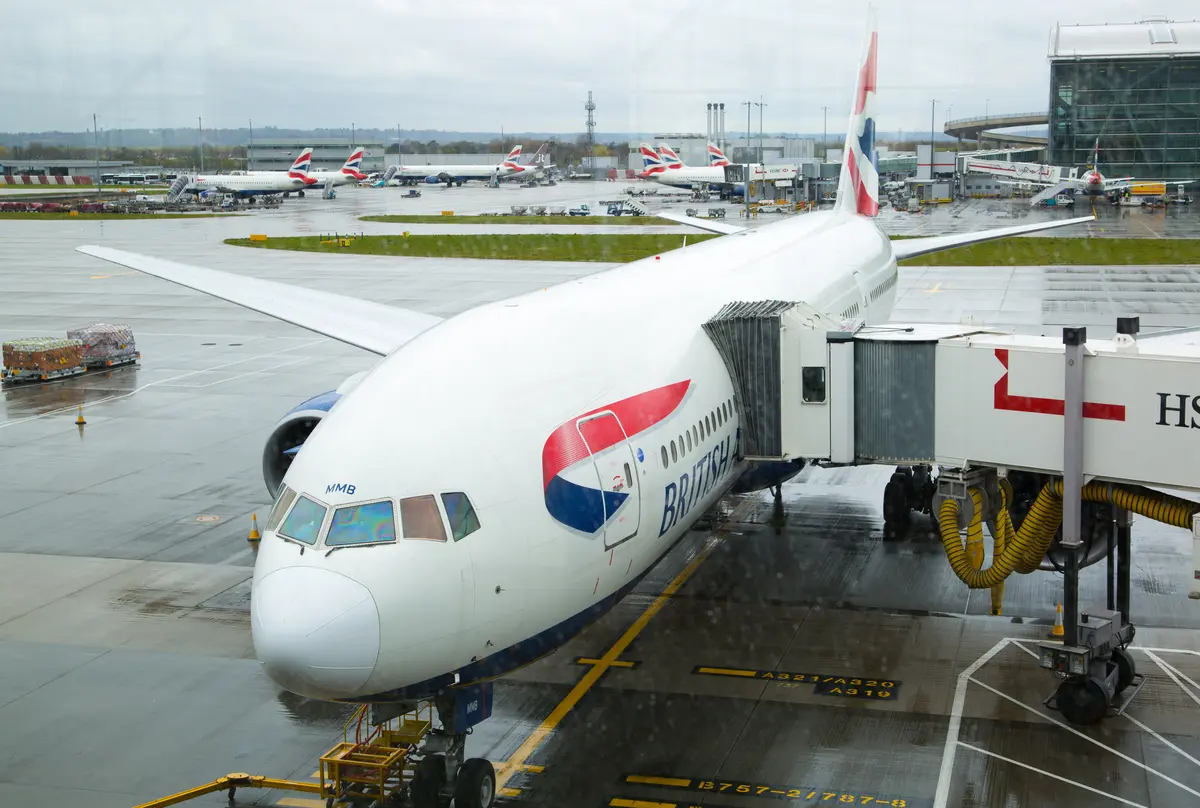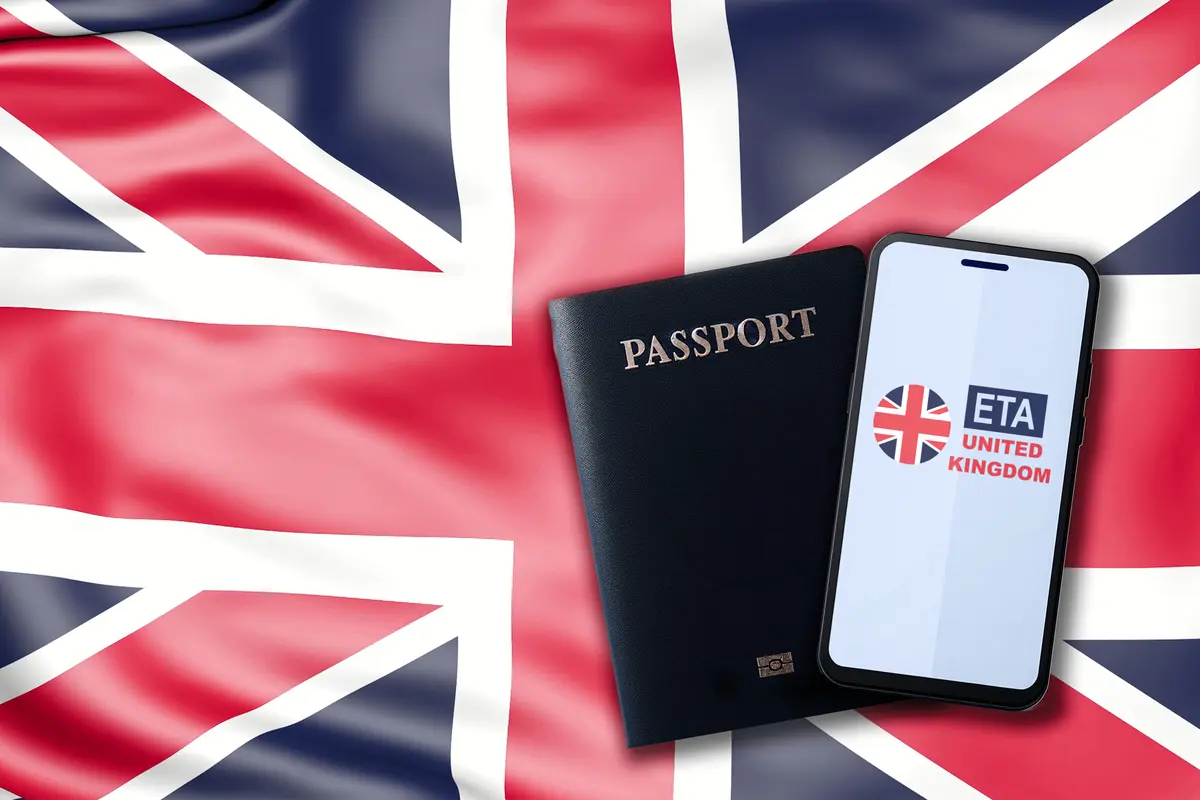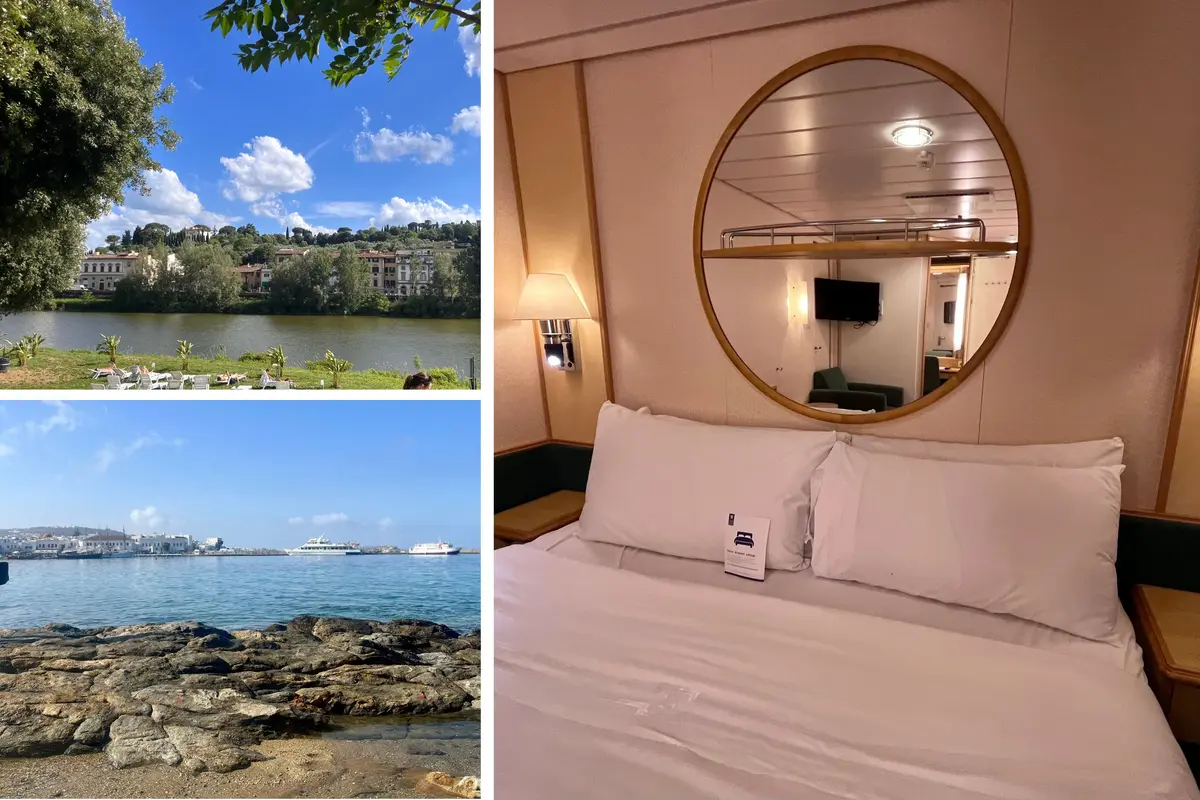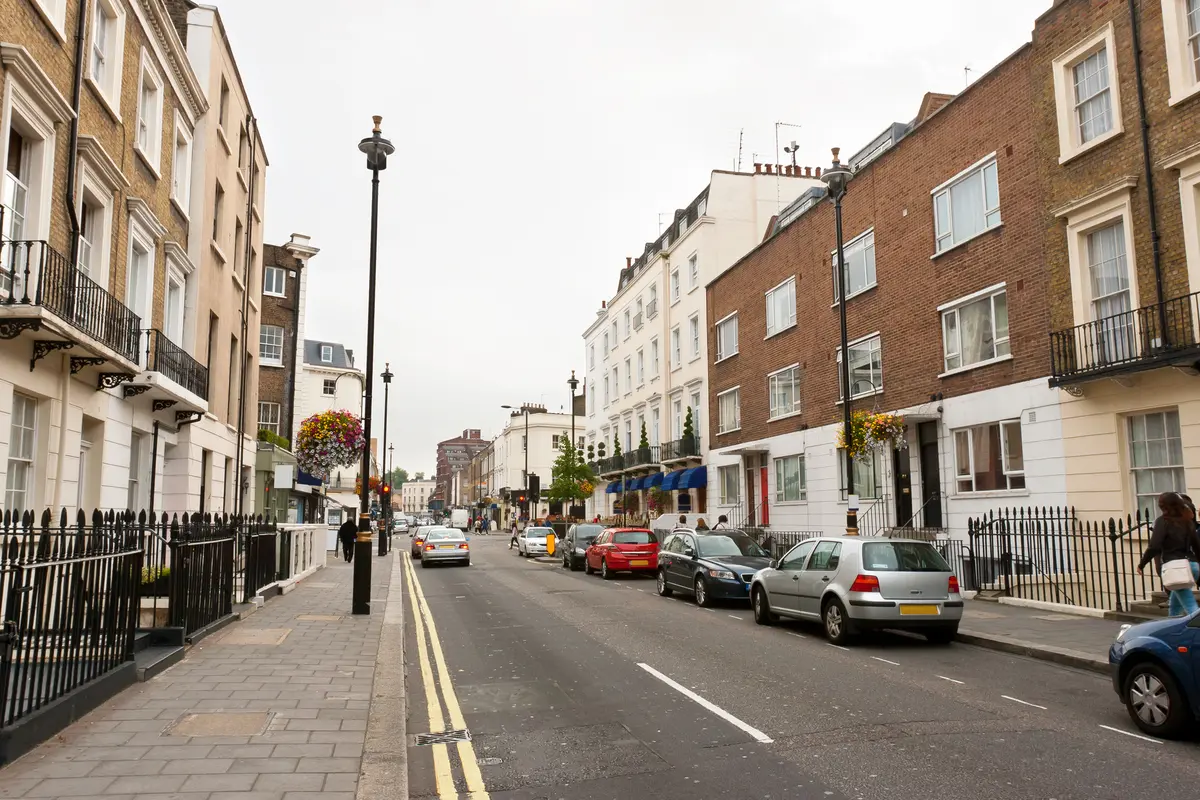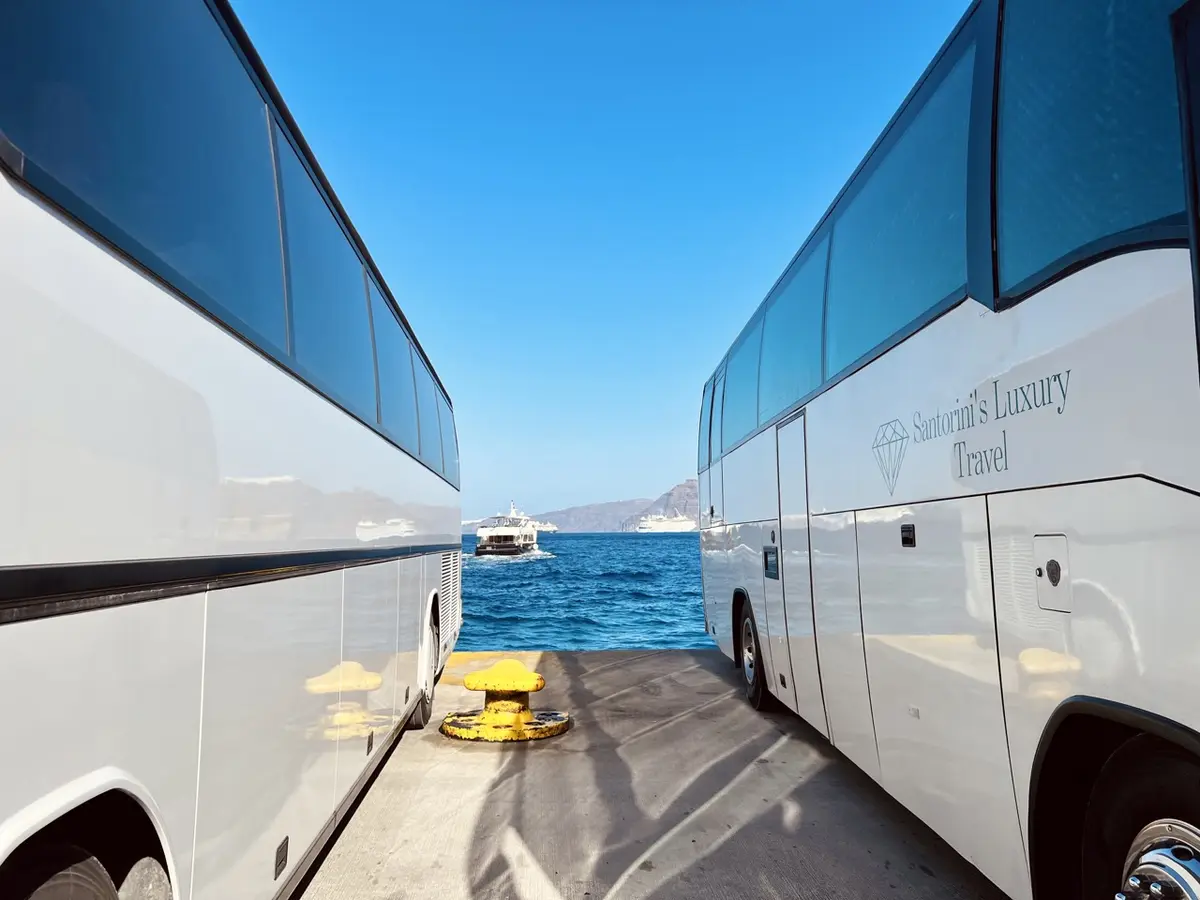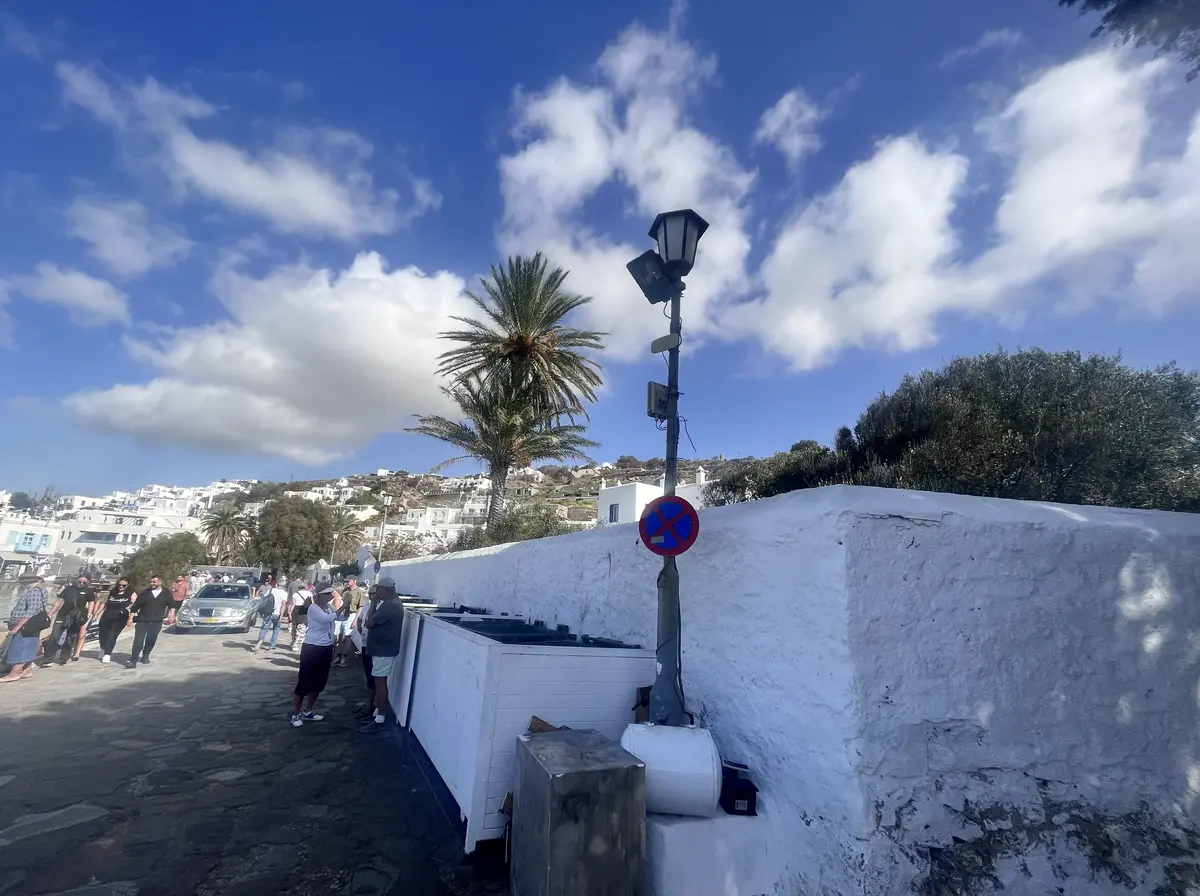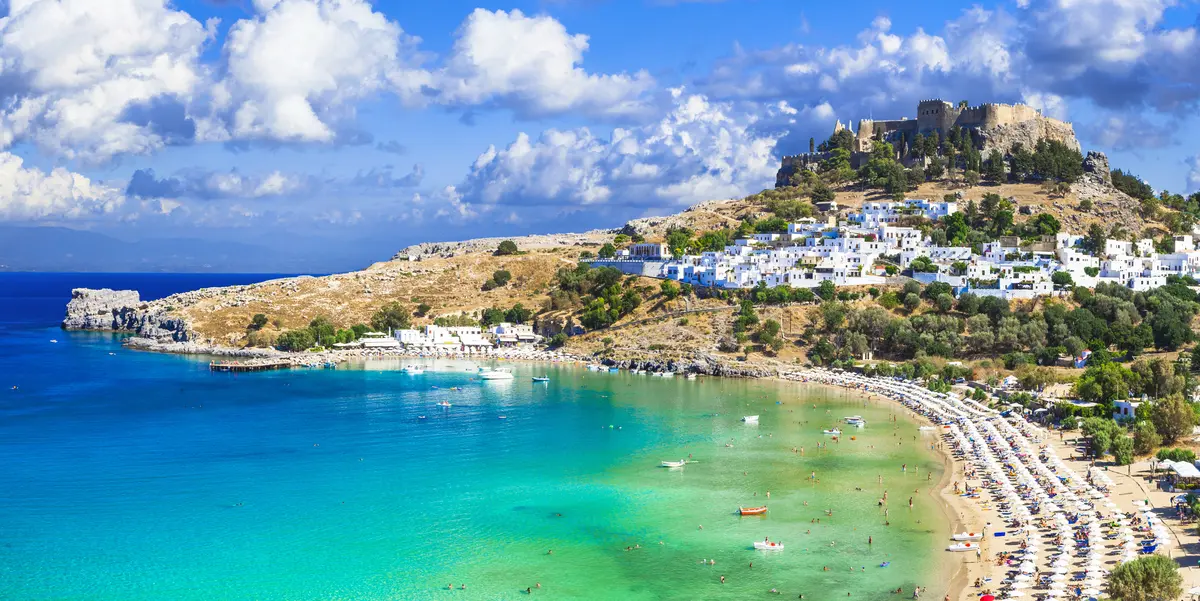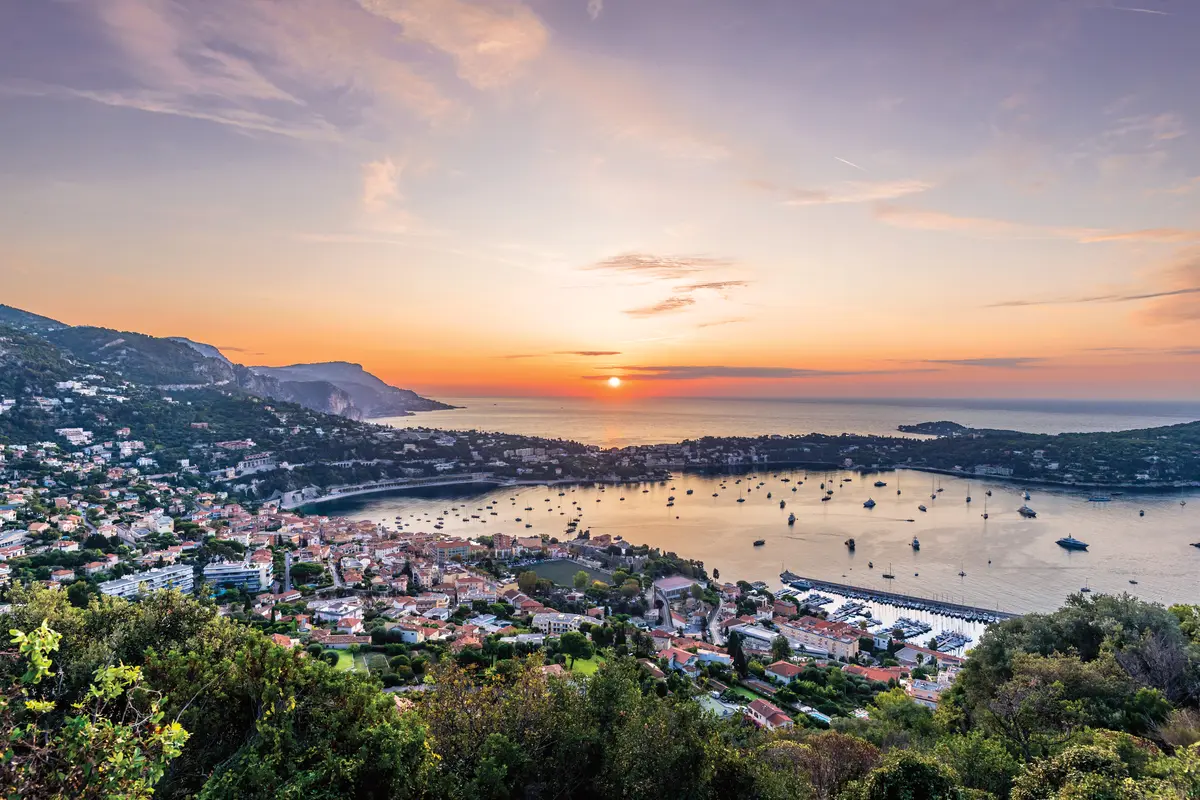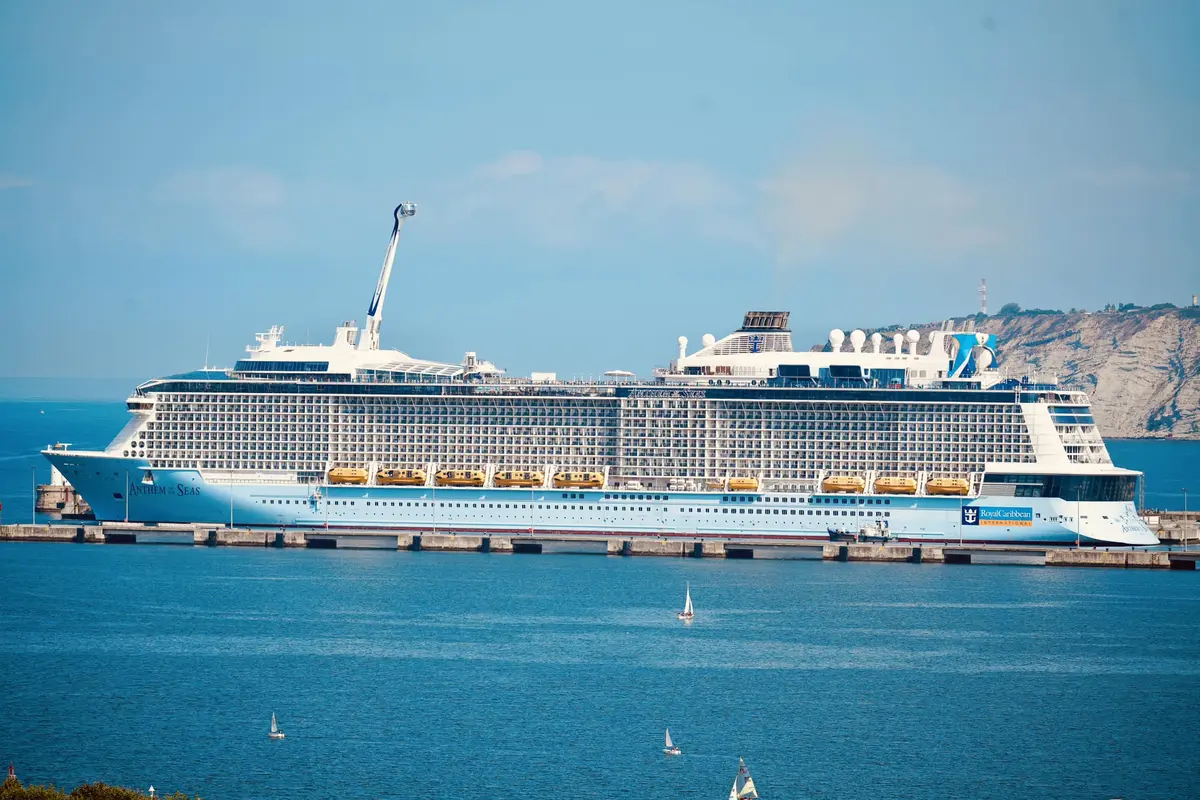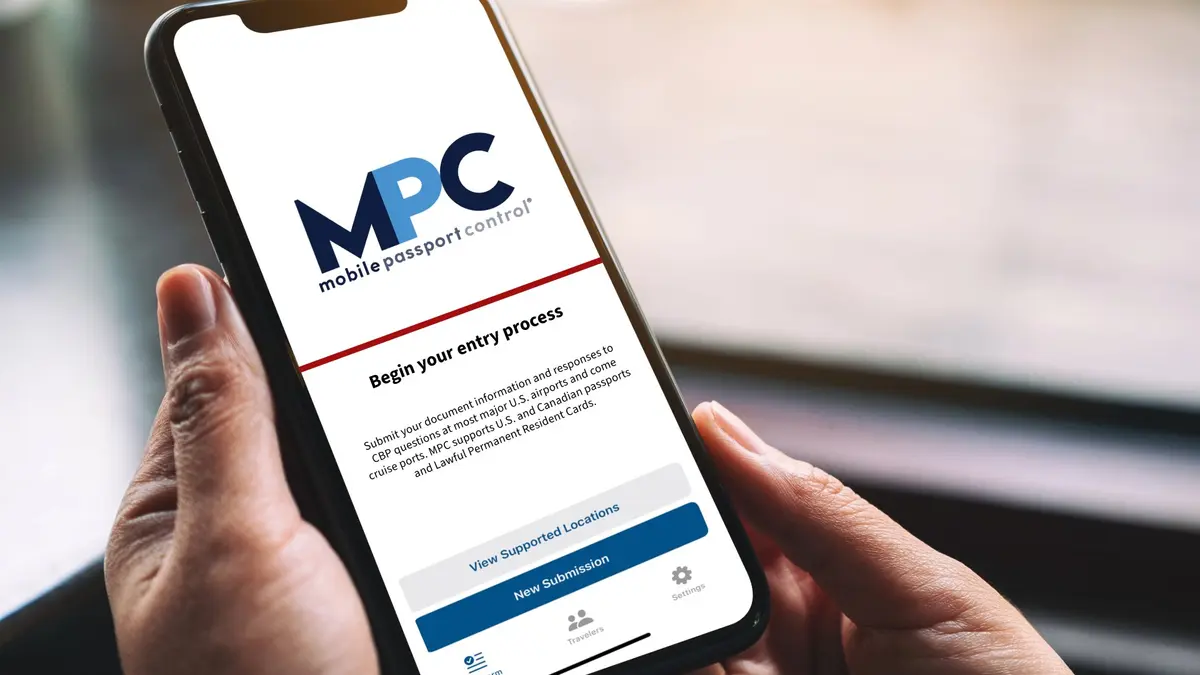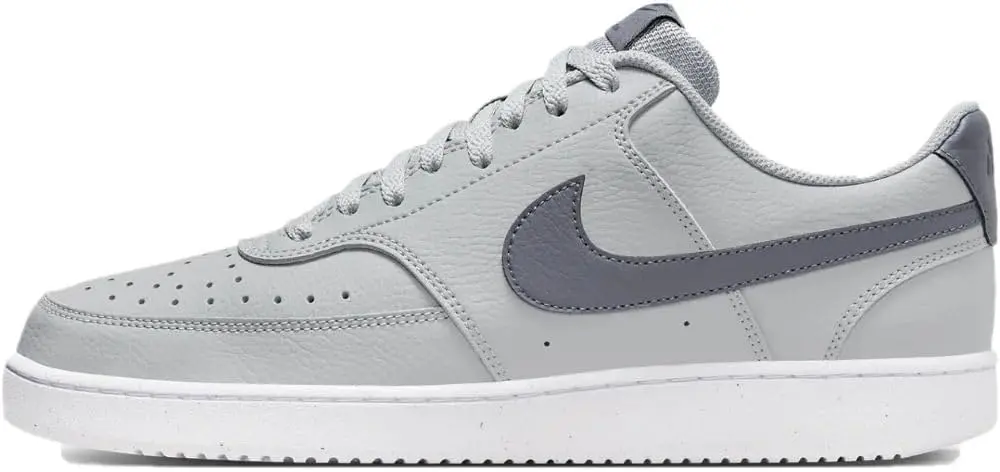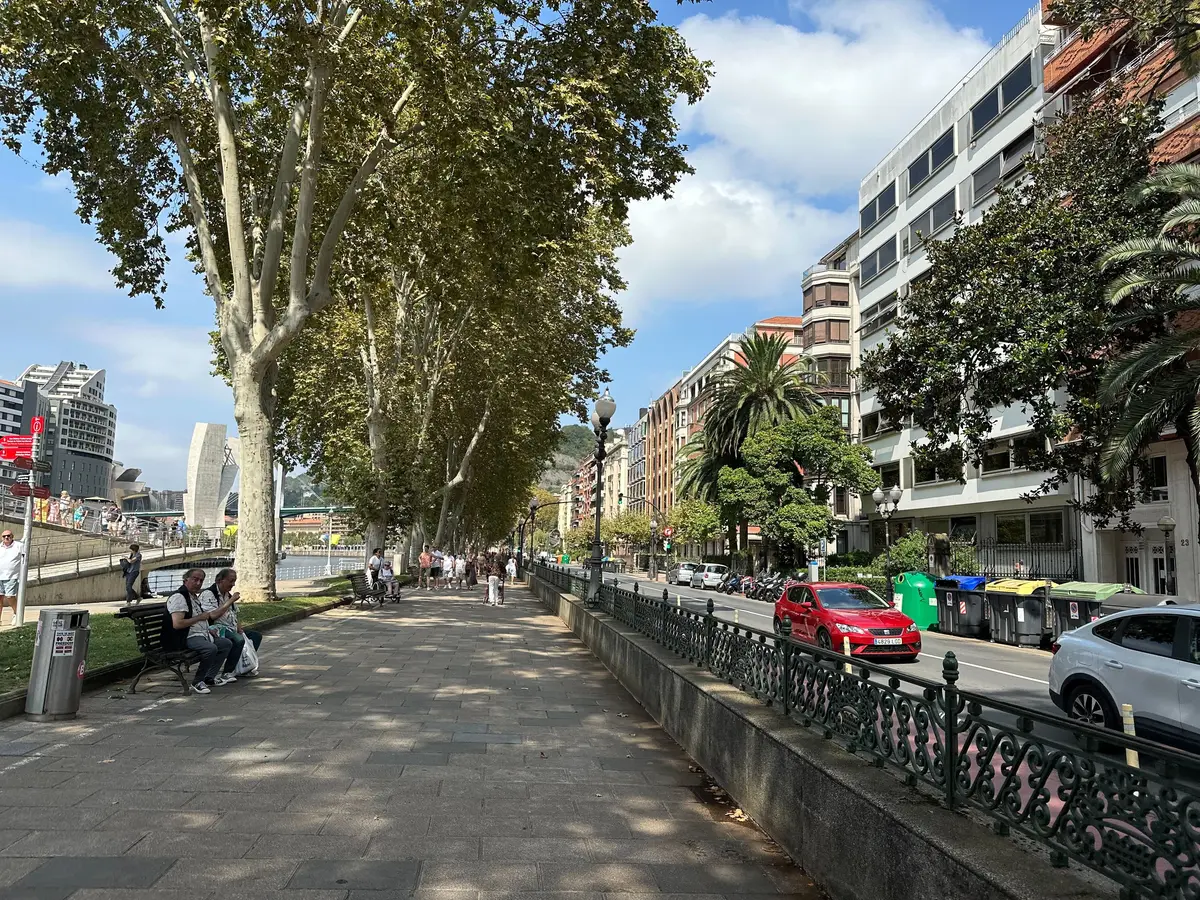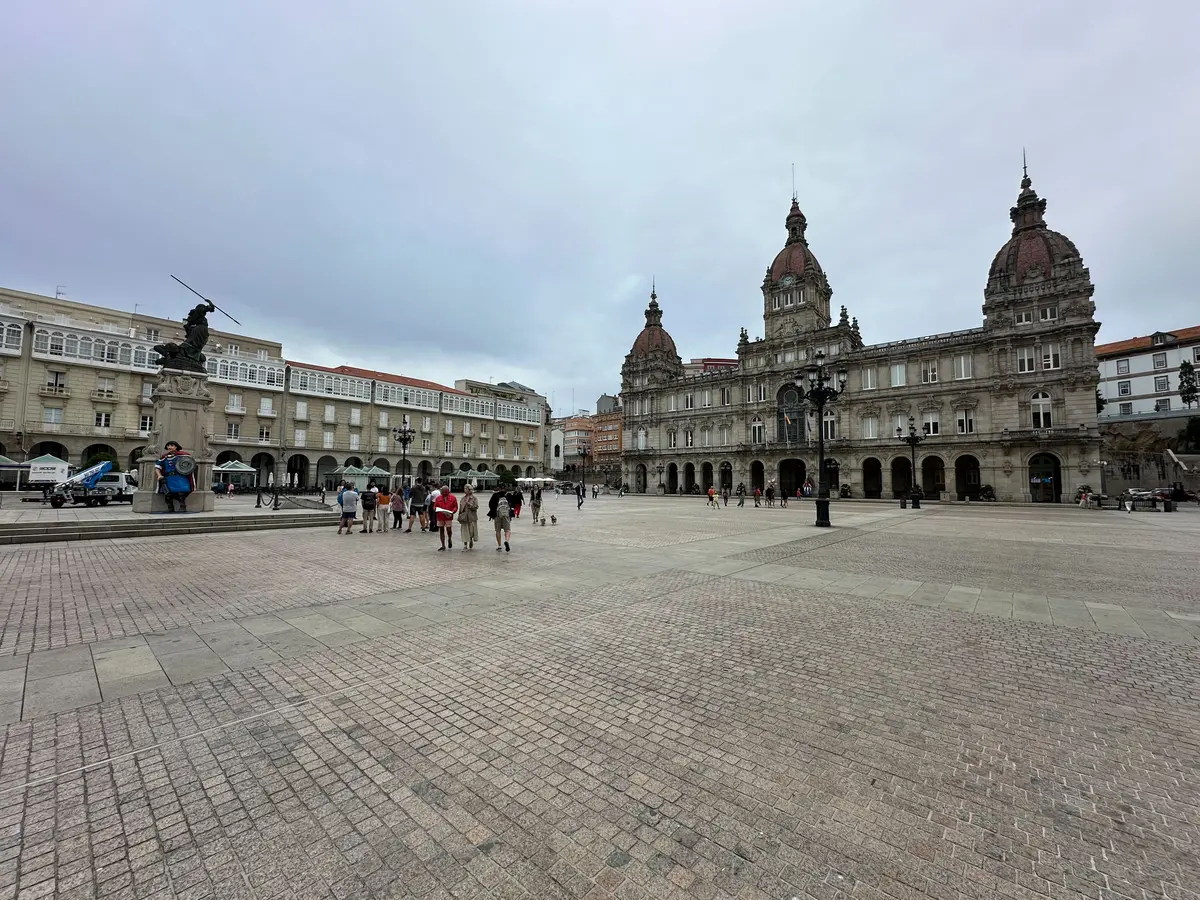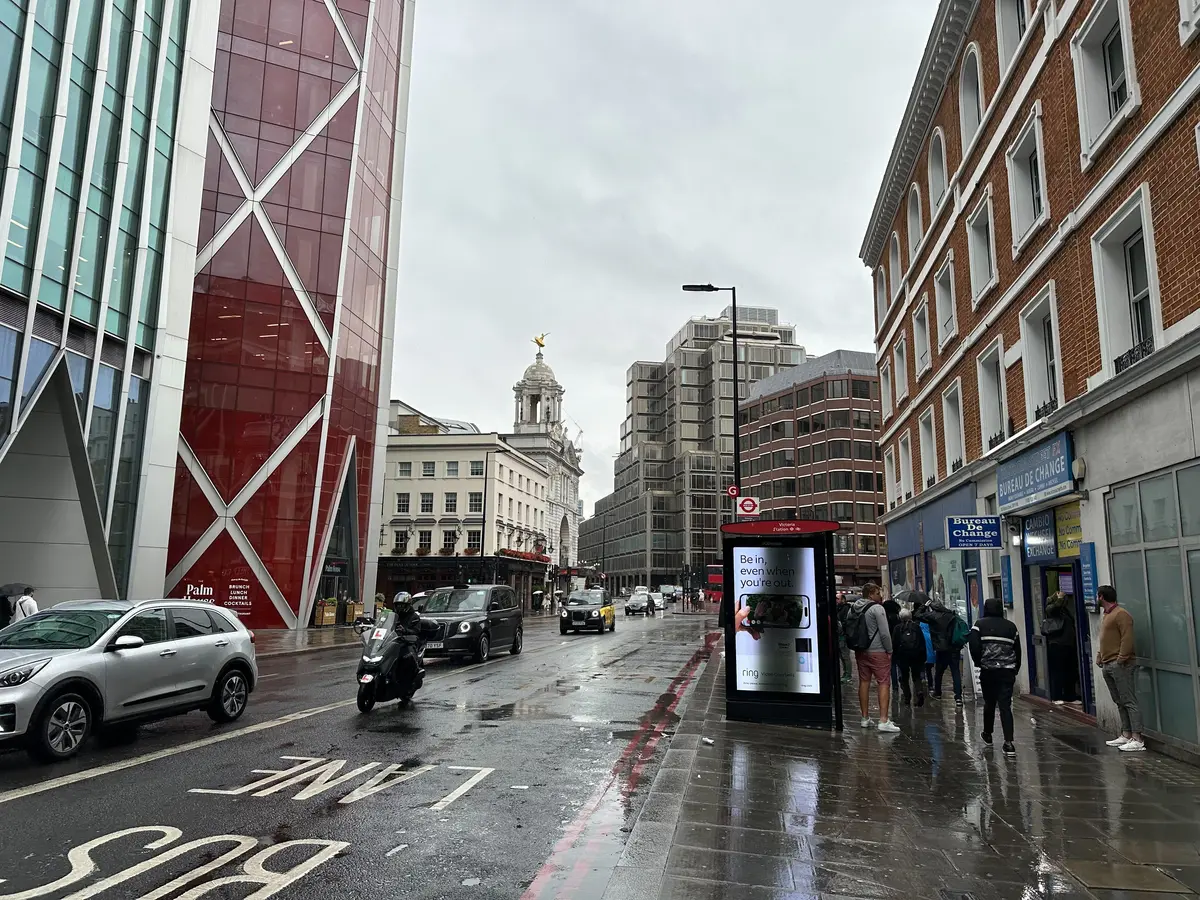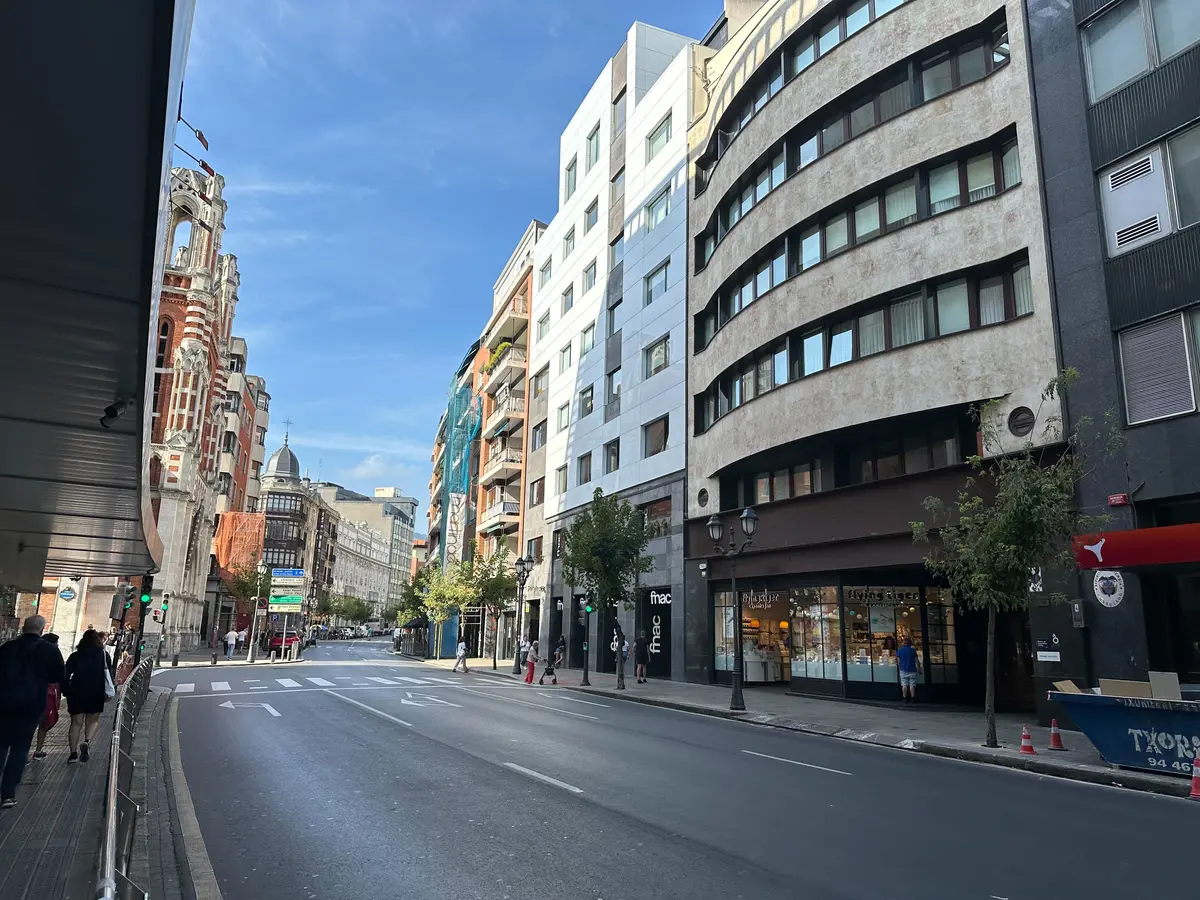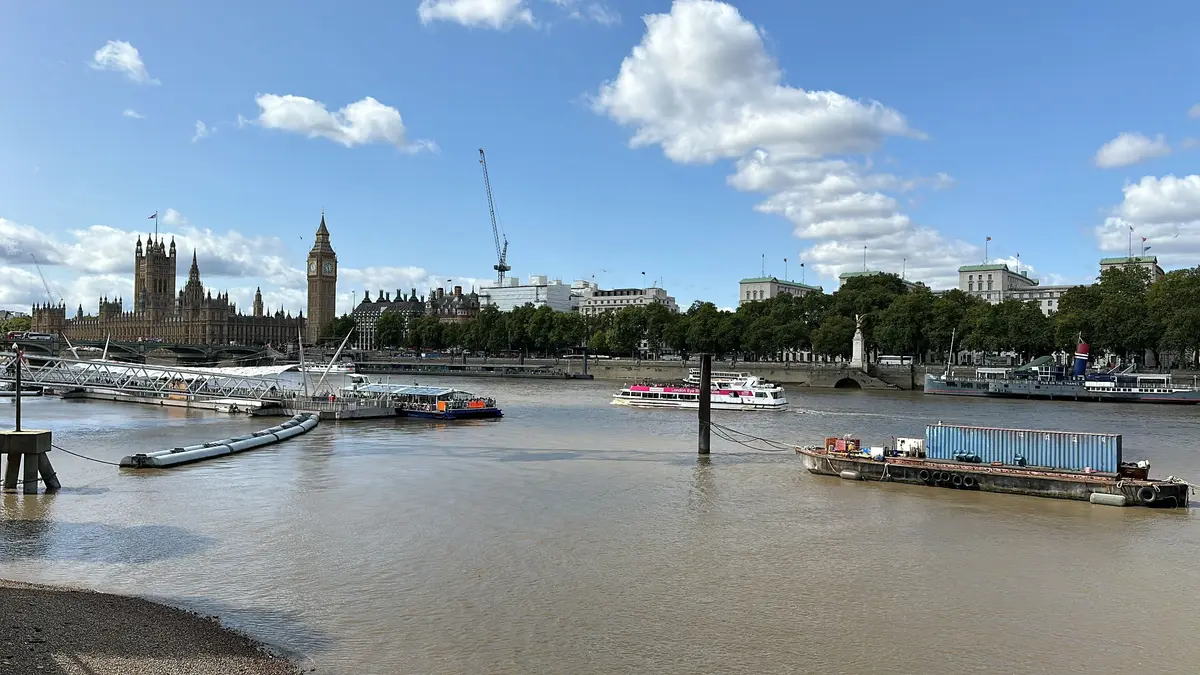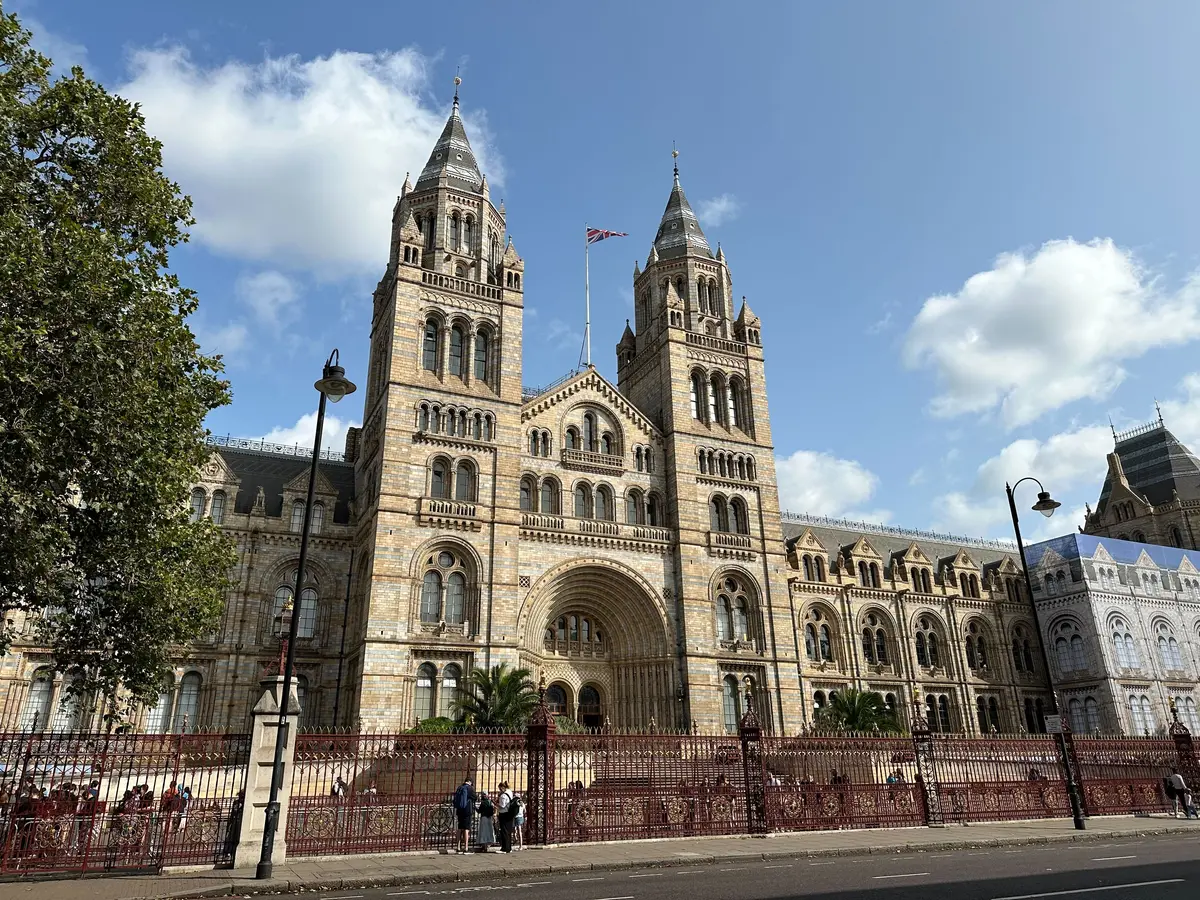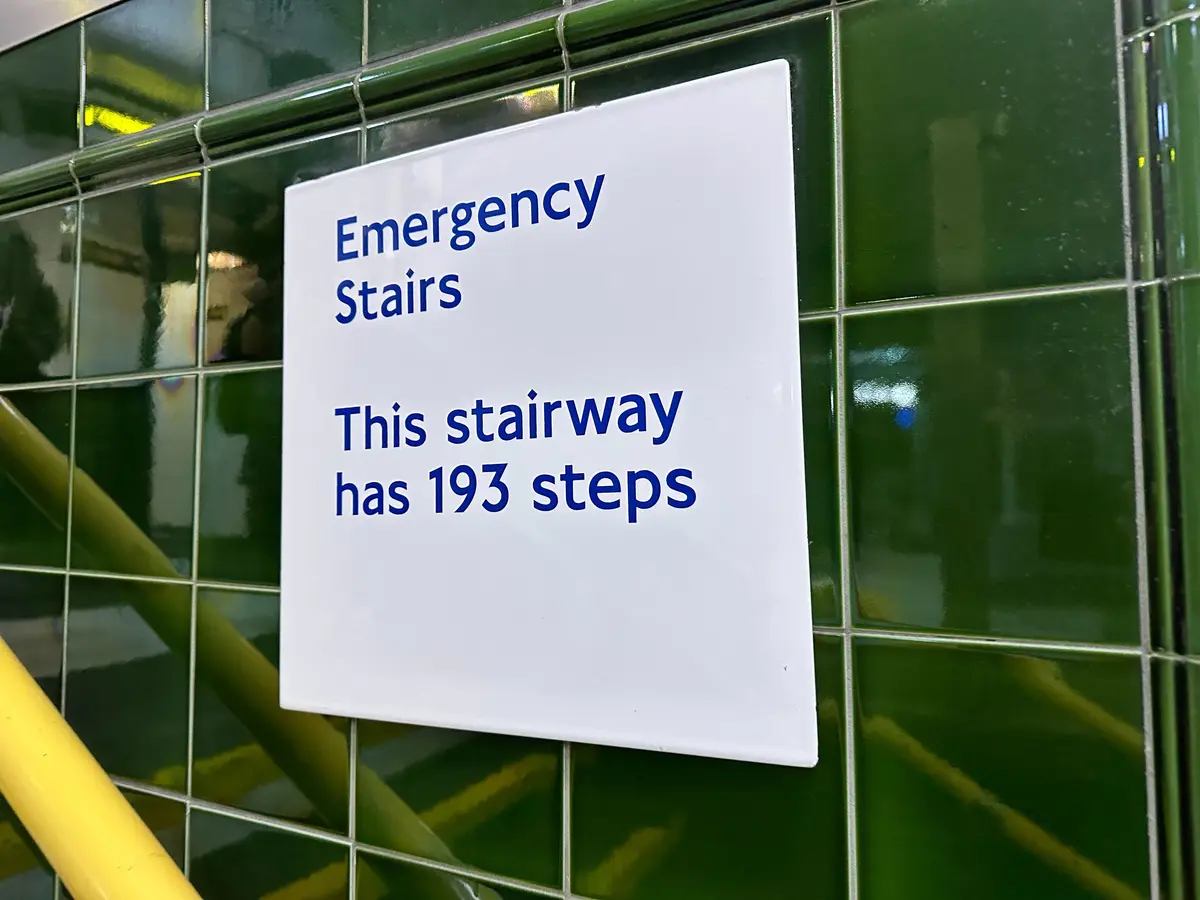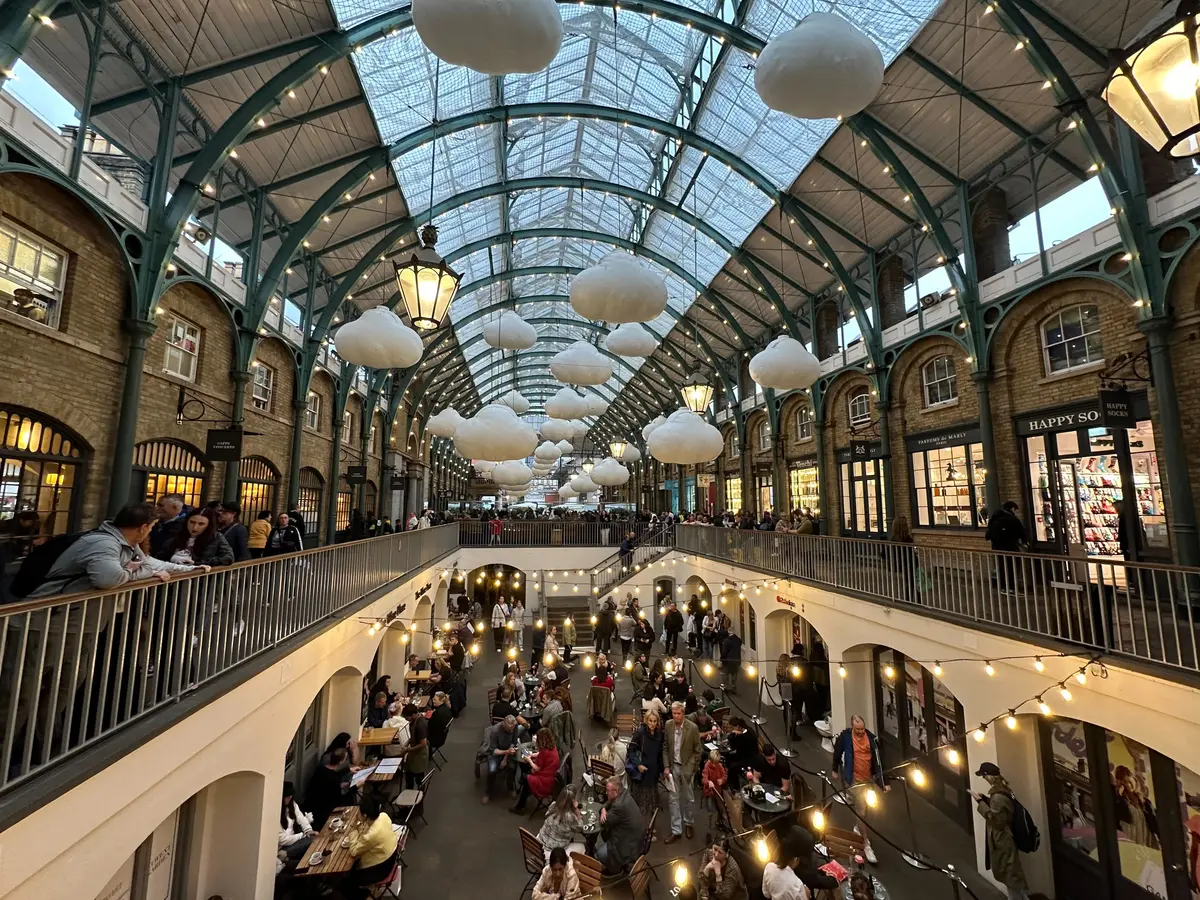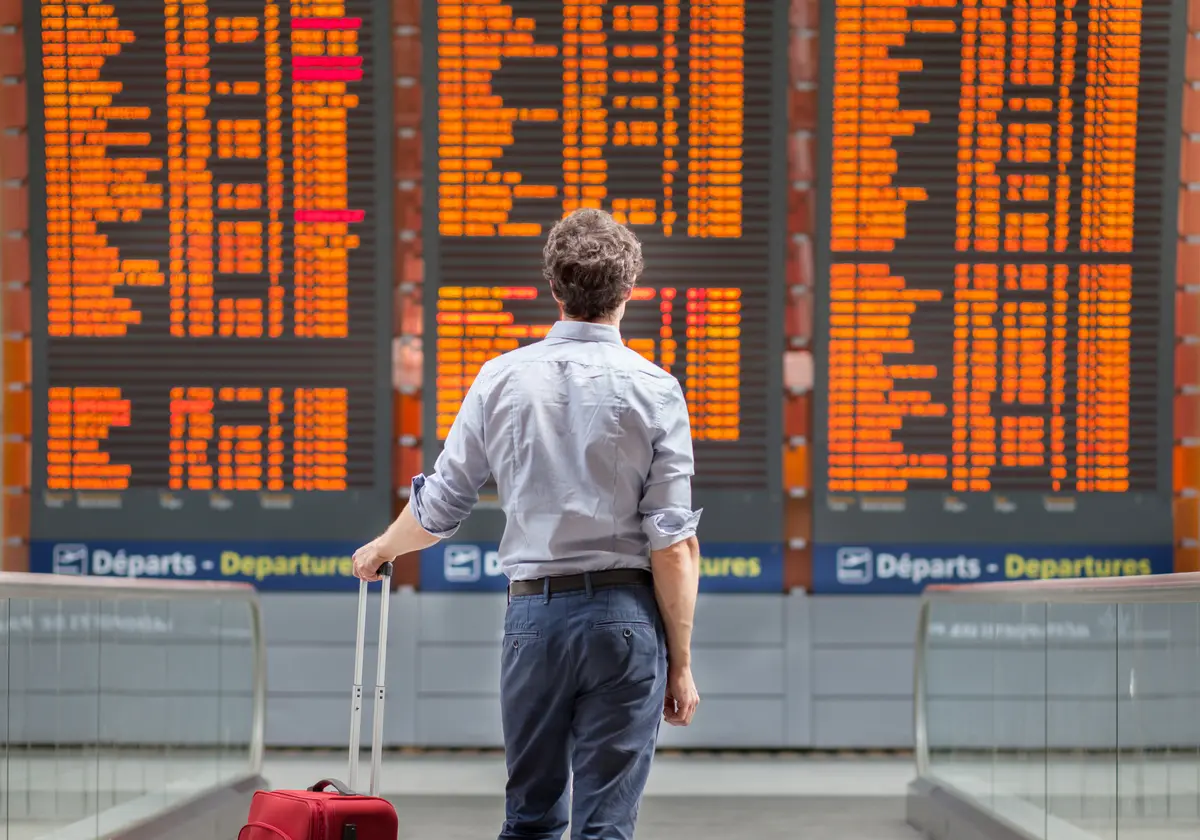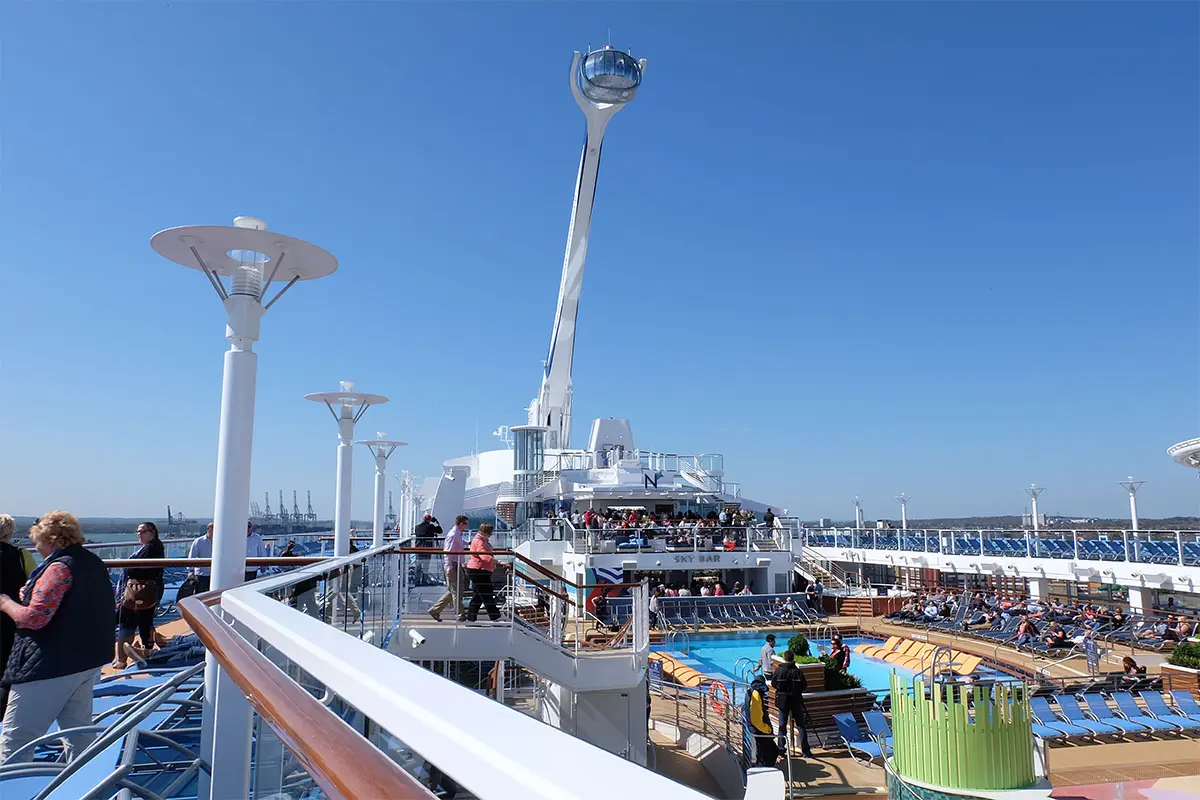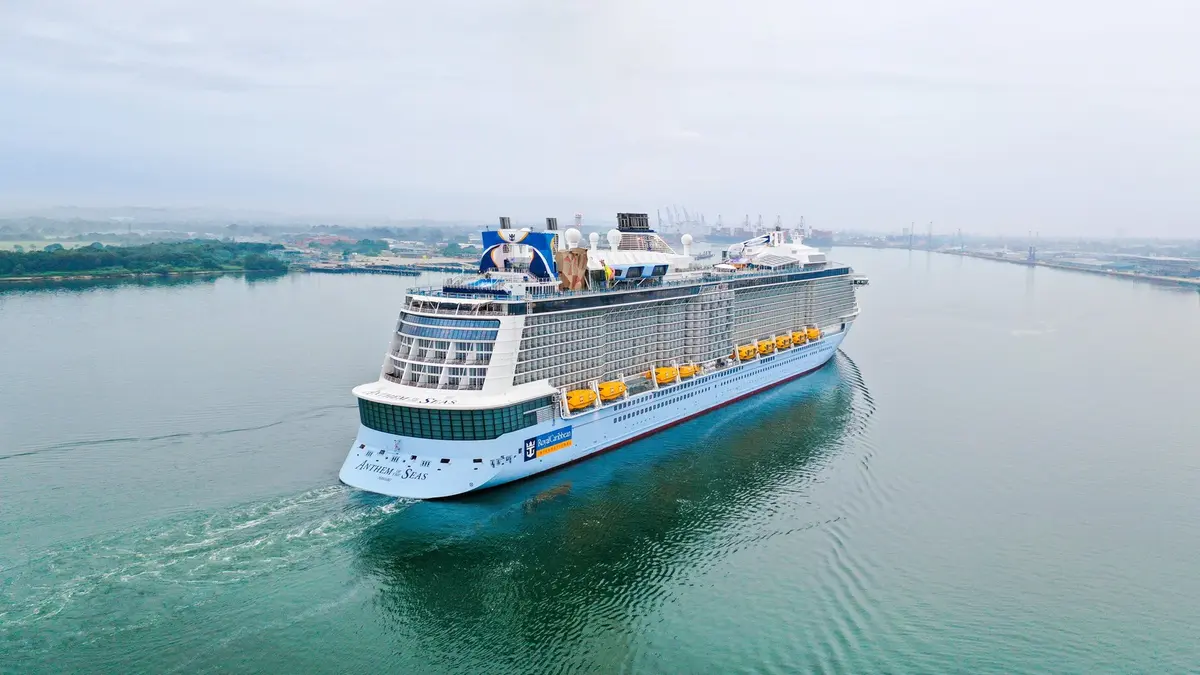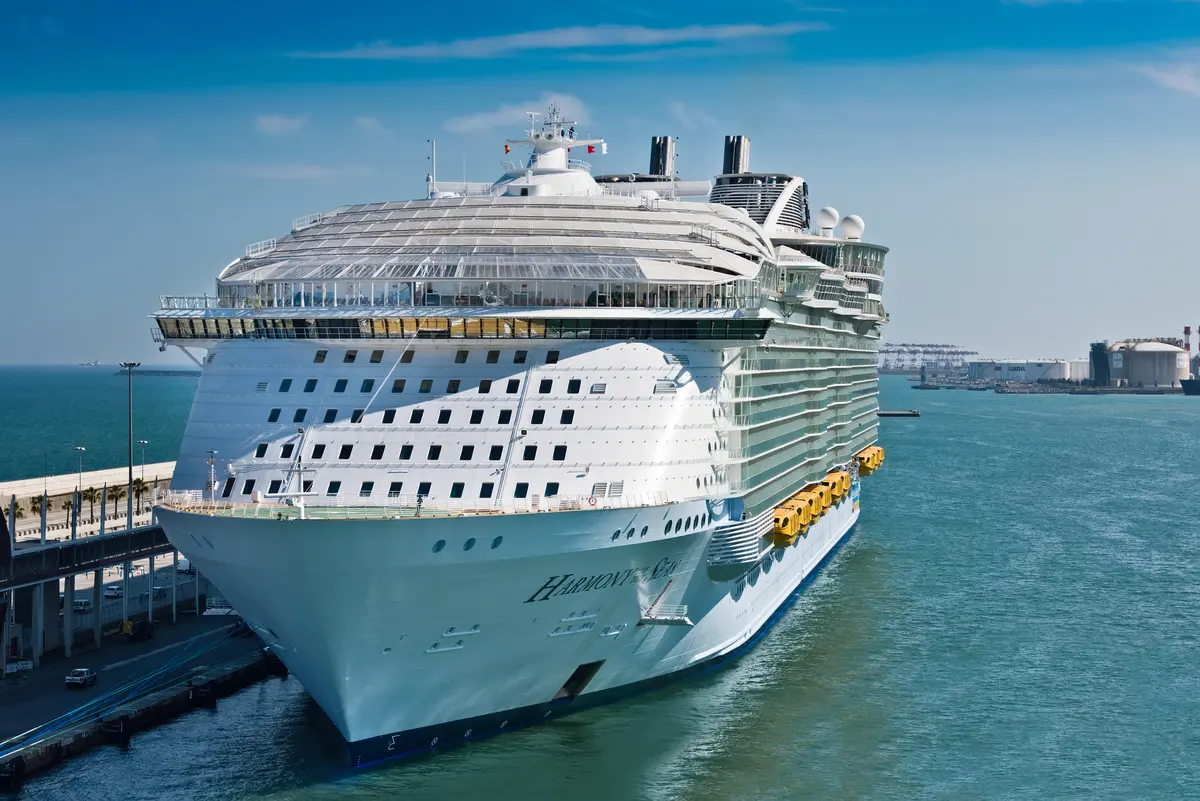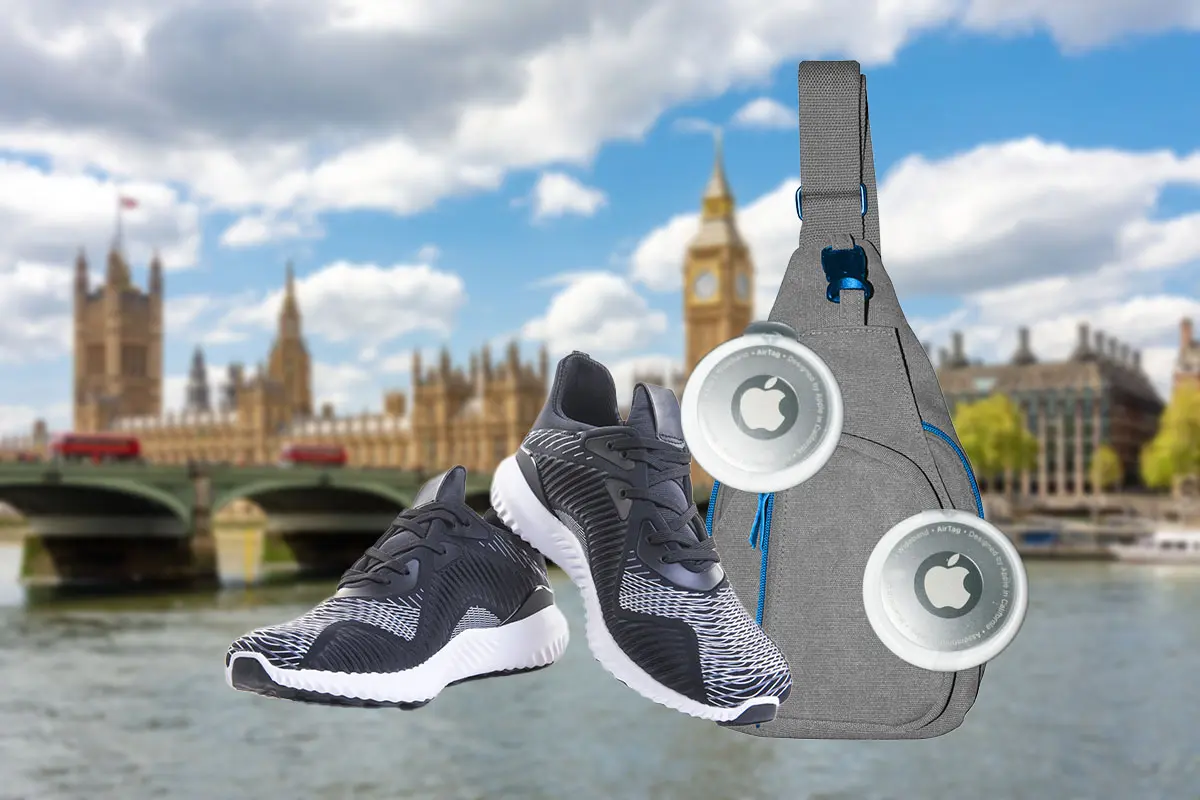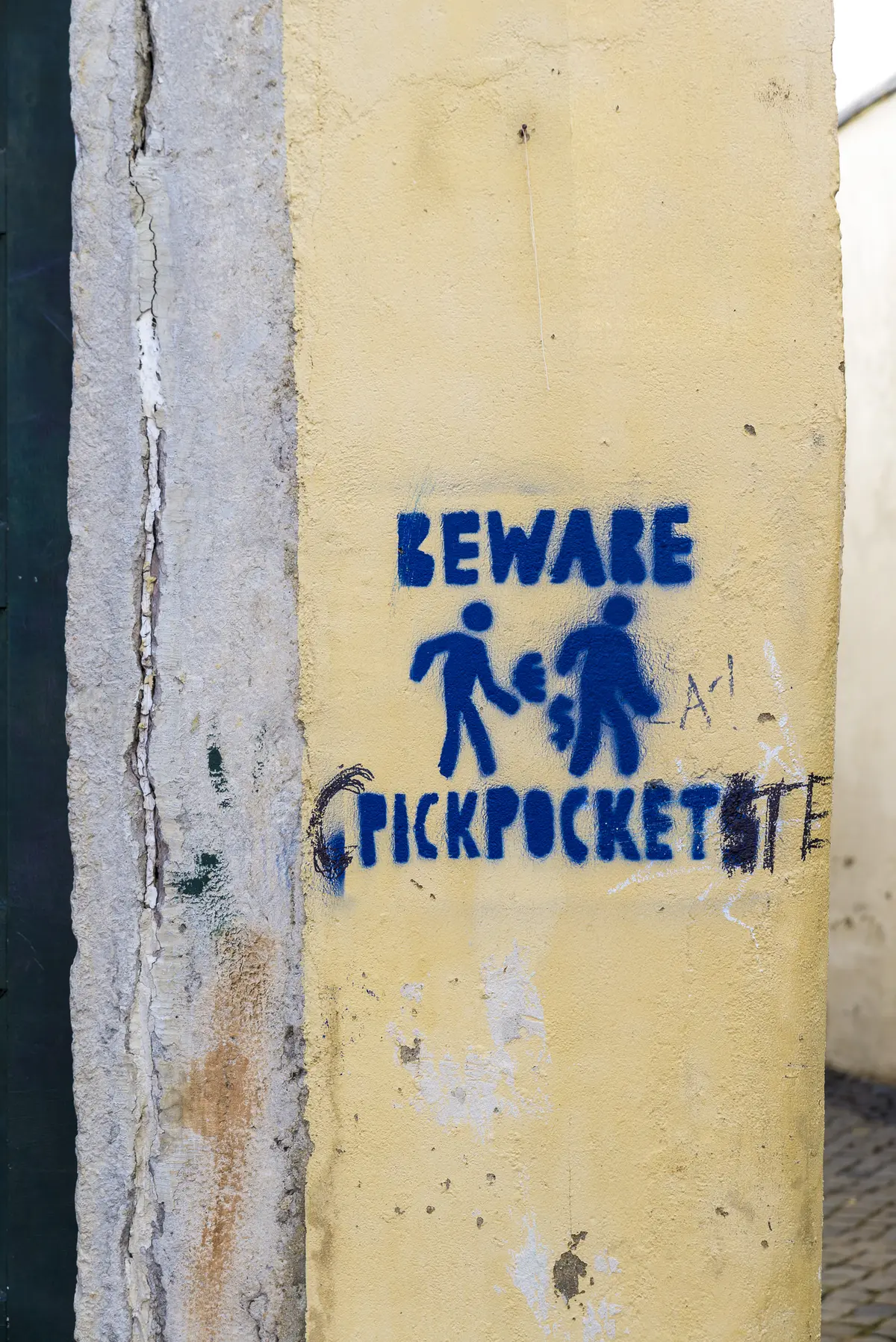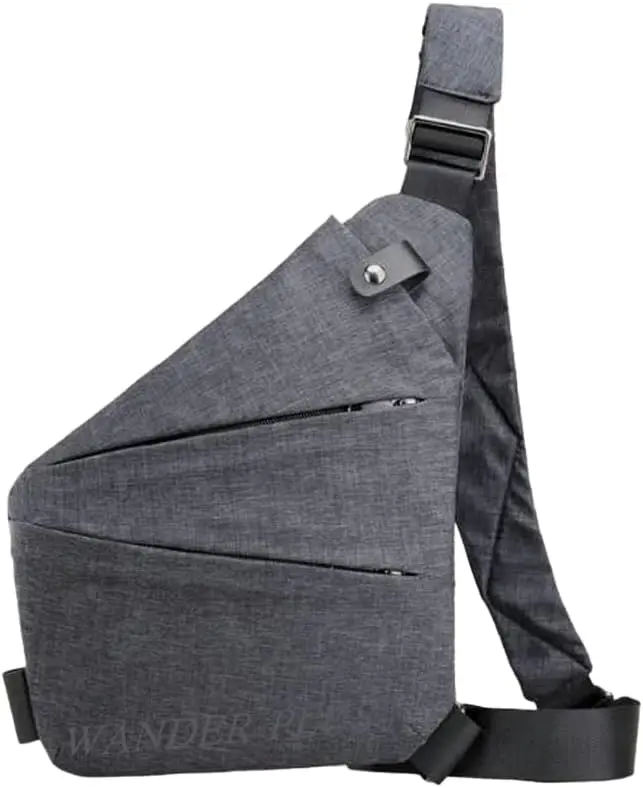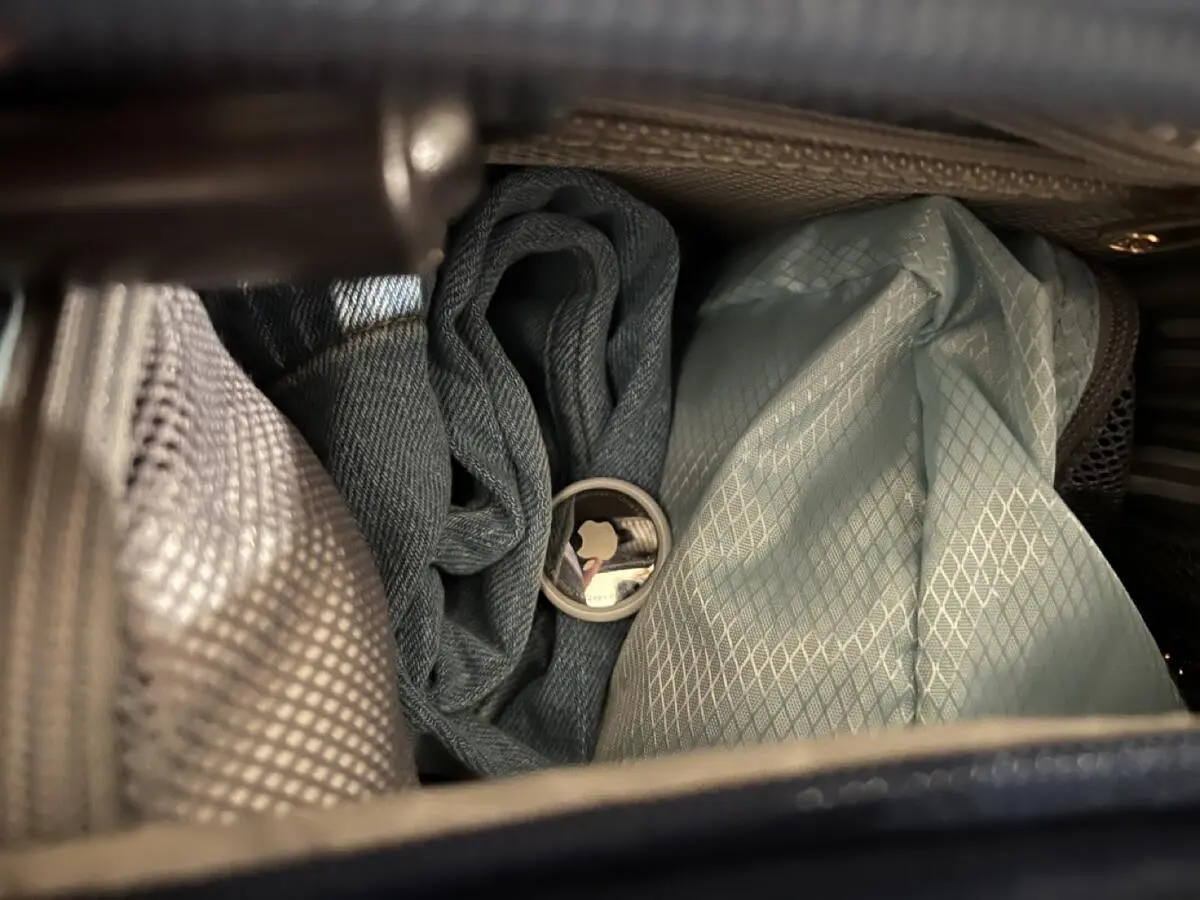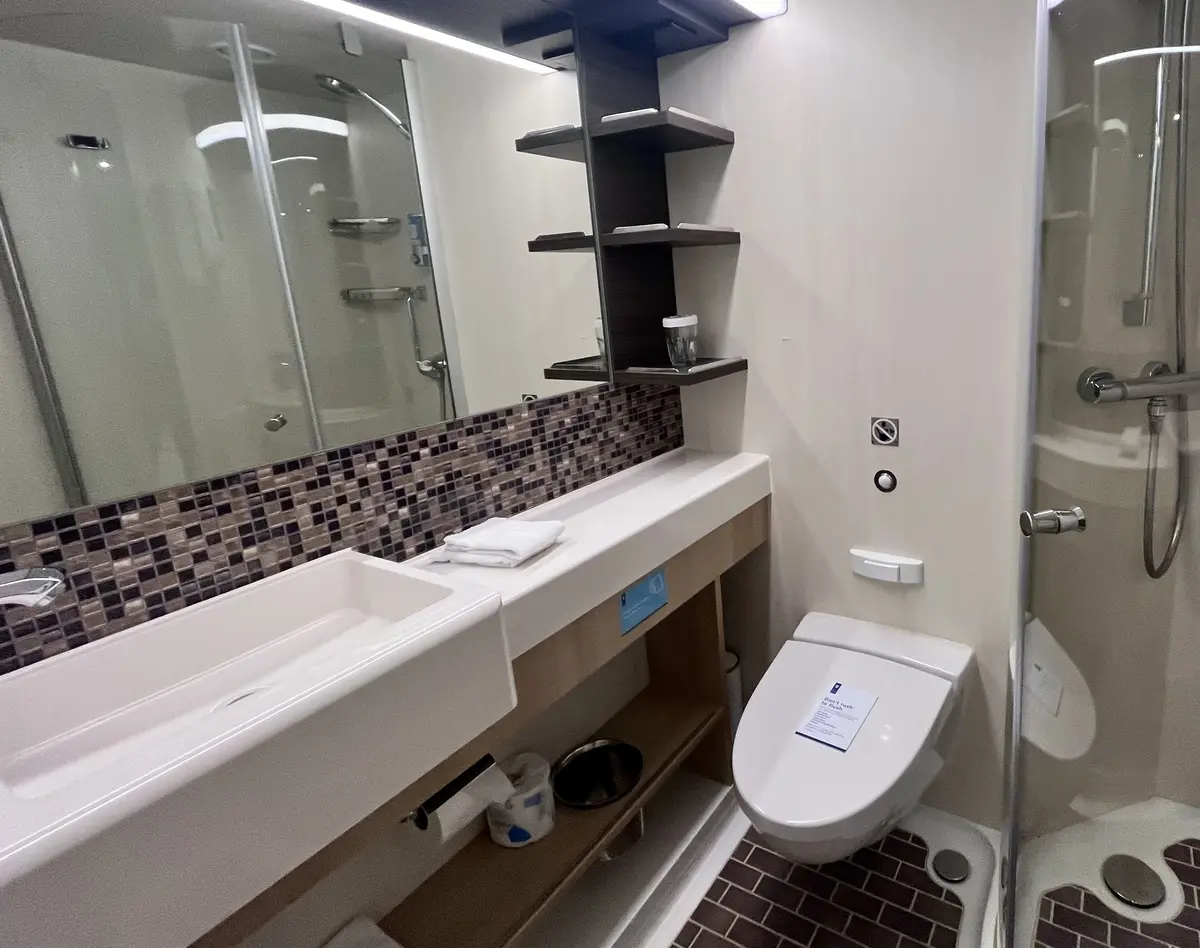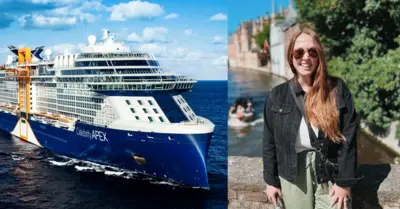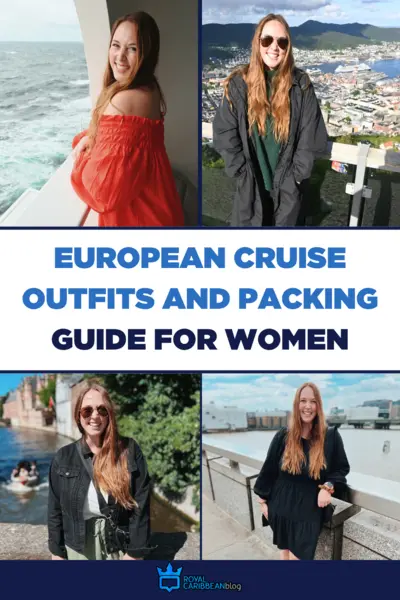I cancelled my European shore excursions because I wanted to avoid a common first time mistake
In:I'm planning my first family cruise to Europe, but I almost made a mistake that happens there a lot.

Royal Caribbean sails to destinations around the world, and summer cruises in Europe are one of the highlights of the year. Ships visit cities rich in tradition, history, and culture.
While I've been taken two European cruises so far, this year will be the first with my family. As I started to research my trip, I fell into a trap of doing things exactly like I would in the Caribbean.
The more I researched, the more I realized I had to make a change.
Cruise line excursions are convenient
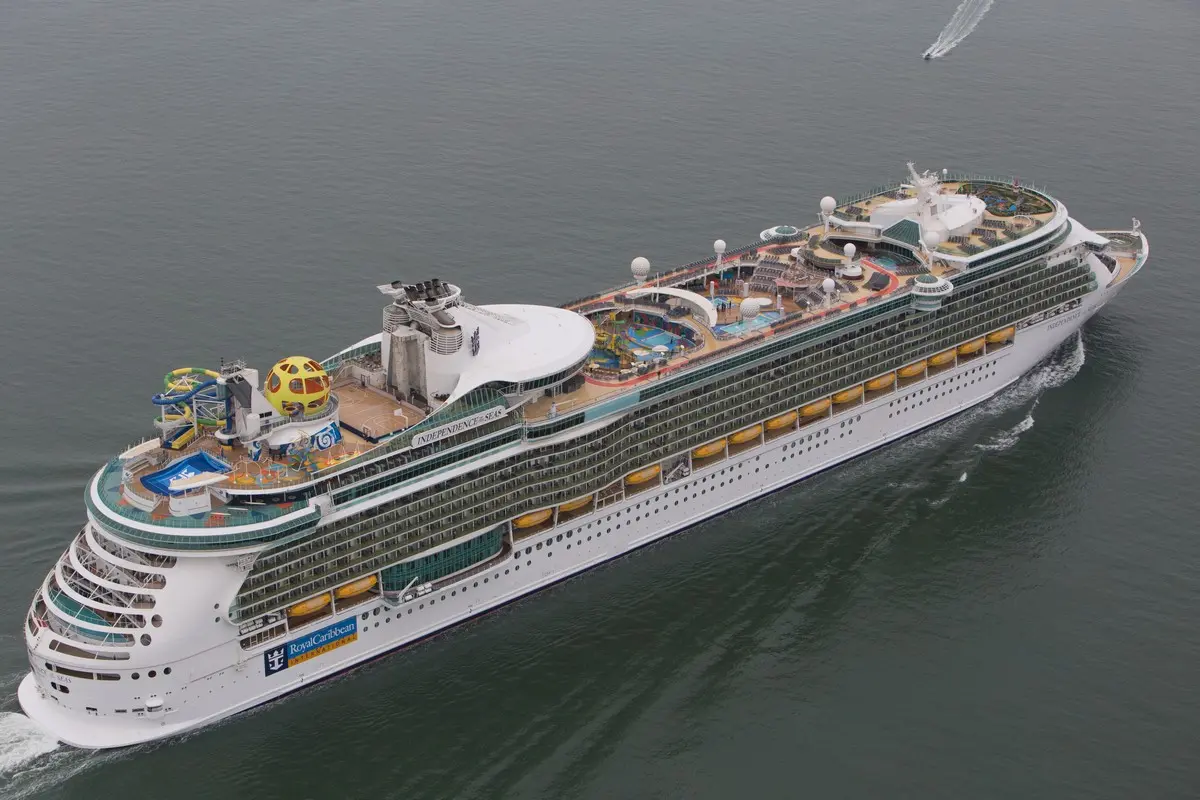
I'm booked on two different European cruises, each sailing from Southampton, UK.
The first is a 8-night Northern European cruise visiting The Netherlands, Germany, and Norway. The other sailing heads to Norway to explore the fjords.
As we got closer to our sailing, Royal Caribbean begin offering shore excursions to book.
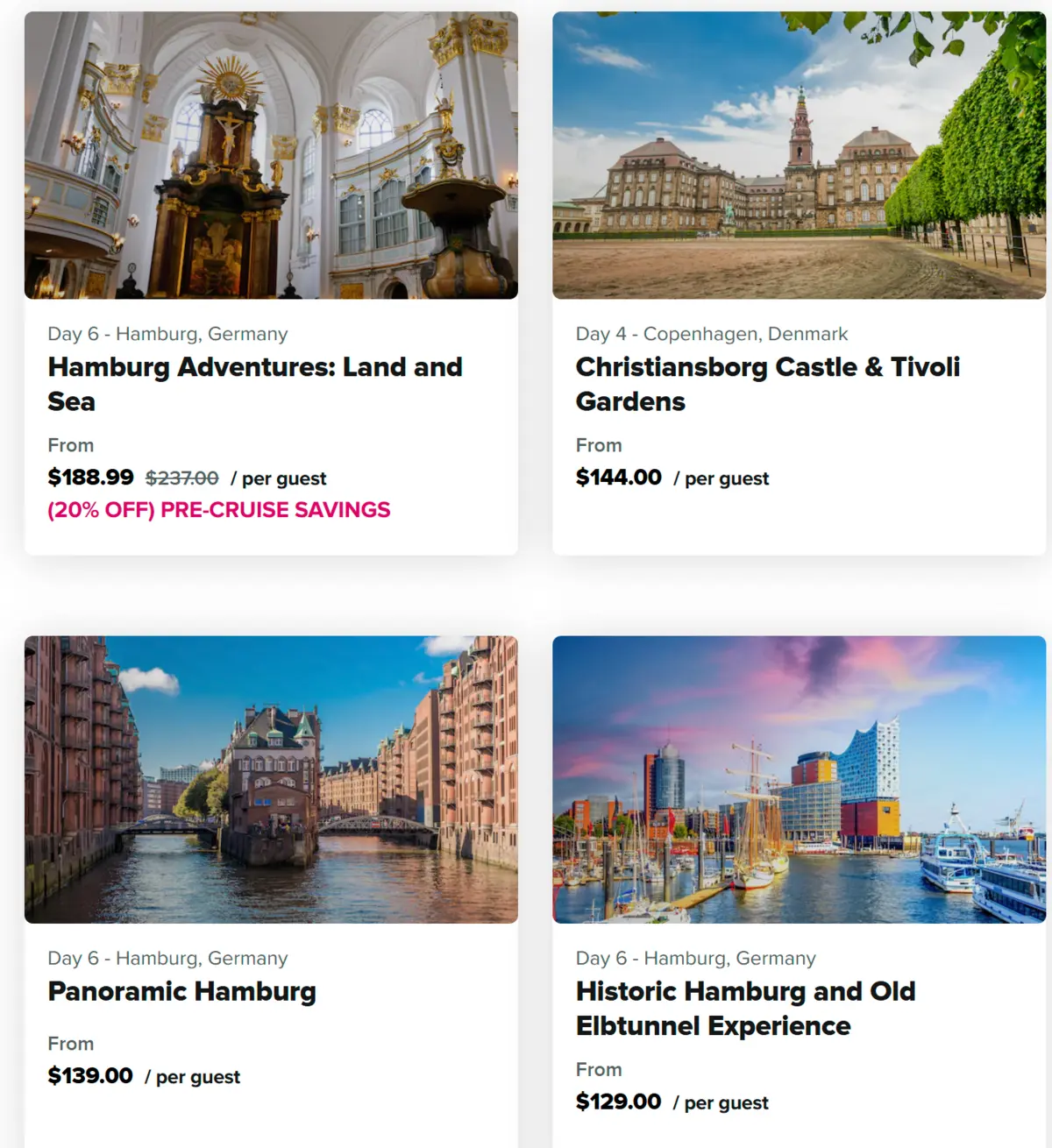
I started looking through the options and quite quickly there was a frenzy of bookings. Royal Caribbean has become quite adept at marketing its excursions to customers through its app and website.
It's so easy to book a tour through the cruise line, and I booked a few tours. I booked them because they looked interesting, but also because I was worried it would sell out.
But as I started doing more research, it became clear this wasn't necessary.
It's easier to explore Europe on foot

One major difference between a European cruise compared to a Caribbean one is that your ship brings you to cities.
Across both of my cruises, our ship would be docked either in the city or nearby the city (with a shuttle service available). This makes getting into the city simple.
Another big difference is that mass transportation is far more prevalent in European cities.

Thanks to metro subway systems, trains, and buses, it's super easy to get around. Their modern infrastructure supports moving quickly and cheaply.
In the Caribbean, points of interest and activities require buses or taxis to reach them and often over rural roads.
In each city, my research pointed out lots to see and explore within the city.
Cruise line excursions in Europe bring you to the same places

When you read through the tours offered by Royal Caribbean in Europe, many are simply bus rides to get you around.
I found many "panoramic" tours offered, which is code for riding in a bus.
And there are a lot of walking tours of cities too.
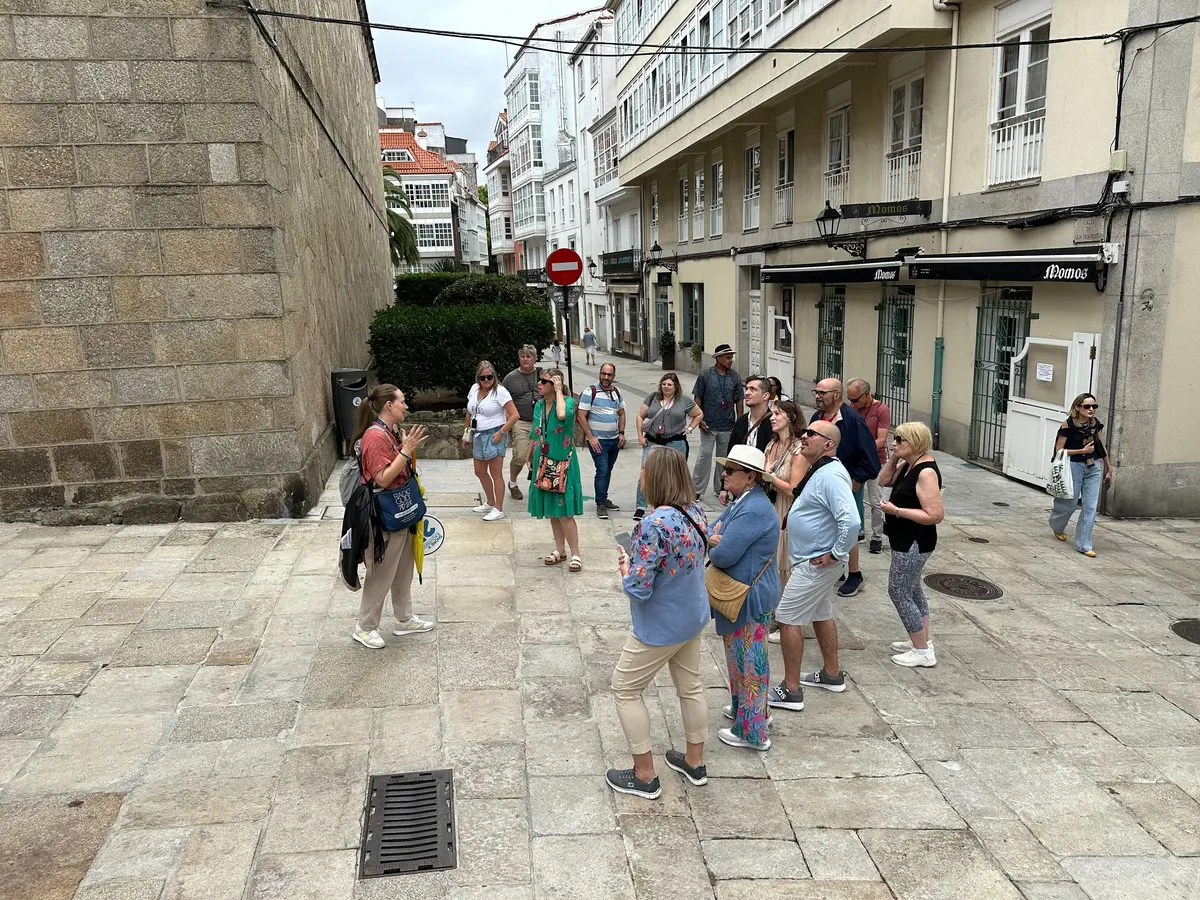
My issue with cruise line excursions is they tend to involve big groups, moving at a slow place, and spending too much time at places I don't care about and not enough at ones I do.
In an extreme example, my travel agent requested a quote to take a large group of us on a bar crawl in Hamburg, Germany.
The tour included 3 stops with a beer and snacks included at each stop, with an escort to provide general local information but is not an official guide. The minimum requirement is 75 guests and the rate is $190 per person.
While these include a guide and offer a narrated option, I think I can do the same thing on my own for far less money.
How I'm planning my time in each city
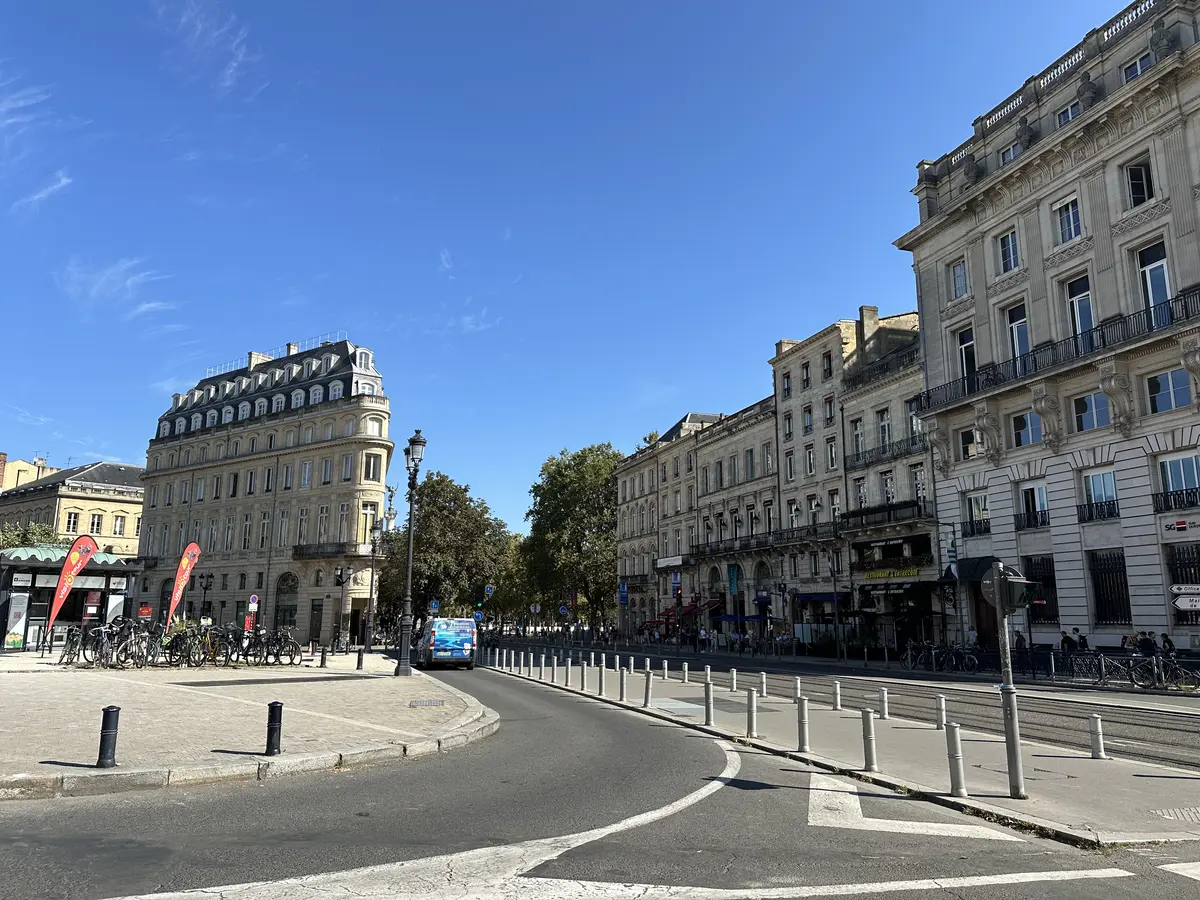
I realized I didn't need to book a Royal Caribbean excursion taking me to places I could probably explore on my own.
Like a lot of people, I didn't know what to do in any of these ports.
I started off with a simple Google search of, "best things to do in ____" to figure out the top highlights.

I augmented that with YouTube searches with similar search phrases to get a better idea of what looks fun and interesting.
I jotted down the names of places, restaurants, neighborhoods, and historical sites that stood out.
I then made a spreadsheet and added the list to each day.

My plan is to use Google Maps on my phone to guide me how to get to each one. As we get closer to the cruise, I'll determine the best order to see each one.
Because I'm buying an eSim for my trip, it will be easy to get around with my phone in the same way I get directions when I'm within the United States.
Not only will this plan save me money, it allows us to spend more time in places we want and also deviate should we run across something fun.

My methodology is to have 3-4 spots picked out so we have a framework. But we can easily adjust plans if something jumps out as intriguing.
I'm not totally against group tours, as some of the ports in Norway have more to do outside the city area and require longer transportation time back and forth.

Emma Le Teace is a cruise expert who frequently cruises in Europe and shared her strategy for spending less on these types of activities, "I am a big fan of just getting off and doing my own thing in cruise port."
"You really don’t need to pay for an excursion to see the main sites, a little bit of research can go a long way. Wandering on your own is, in my opinion, often much more fun and if you do dock further away from the sites you’d like to visit public transport is generally easy to use and fast. "
Most European cruise ports are right in the middle of cities or towns. You can usually walk off the ship to find things like history, food and local attractions within walking distance.
Read more: 30 Best European Cruise Tips
Two cruise excursion websites worth checking out are Shore Excursions Group and Viator. Both of these are affiliate links, which costs you nothing extra but I make a small commission if you book something.
Because these companies sell to cruise ship passengers, they're well versed in the need to get people back in time for their cruise.
Time management is very important

An undeniable benefit of booking a tour with Royal Caribbean is the promise you'll get back to the ship and not be left behind.
Having taken a couple of cruises to Europe already, I believe the key to ensuring you get back to the ship on time is managing your time properly.
I always build in much more time than I need to get back to the ship. I do this by using Google Maps to figure out the time I need to get back, and then doubling it.

That protects me against an unforeseen delay in returning. Plus, I always try to wrap up my day as close to the ship as I can get.
For example, if I'm going to have dinner in port before returning to the ship, I might pick a restaurant within walking distance of the ship.
I'd also never go on my own if the travel time back to the ship was more than 30-45 minutes.
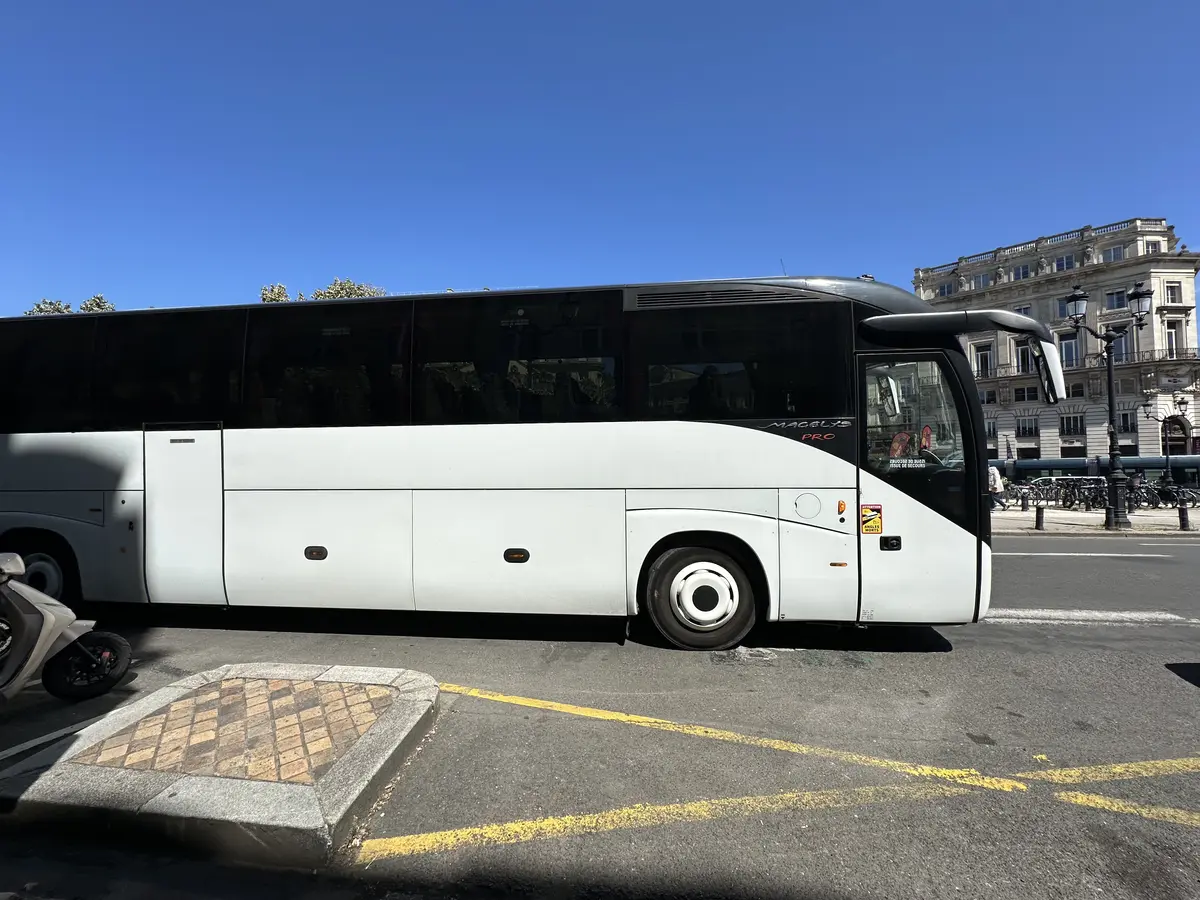
When I visited Paris and Bordeaux last summer, I booked through Royal Caribbean because of the long commute times required. It seemed too risky to me to go on my own for such a long distance.
Group excursions are a good idea for some people

There are still good reasons to book a Royal Caribbean shore excursion in Europe, depending on your needs.
Those with mobility issues will want a group that that includes transportation, especially in old cities where accessibility is limited or non-existent.
I admit on my first European cruise there was a certain level of trepidation about going on your own in a country where they speak a different language and have different customs.

Plus, there are some cruise line excursions that take you to special places, include meals, and provide peace of mind.
Ultimately, you have to make choices that you're comfortable with, and group tours might be the right choice for you.
I'd recommend considering all options before choosing any tour.



